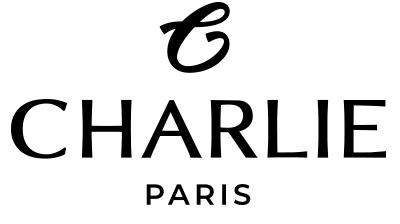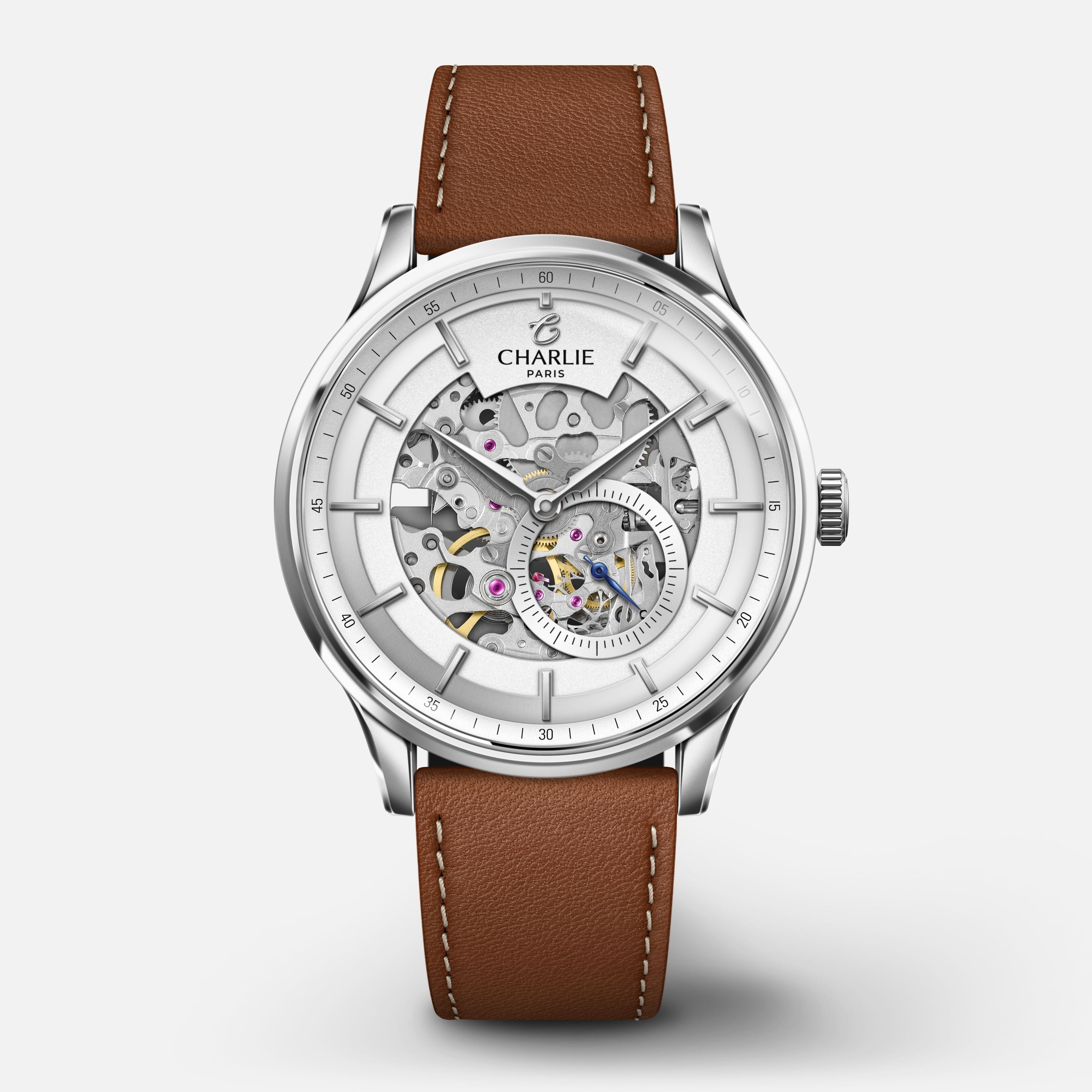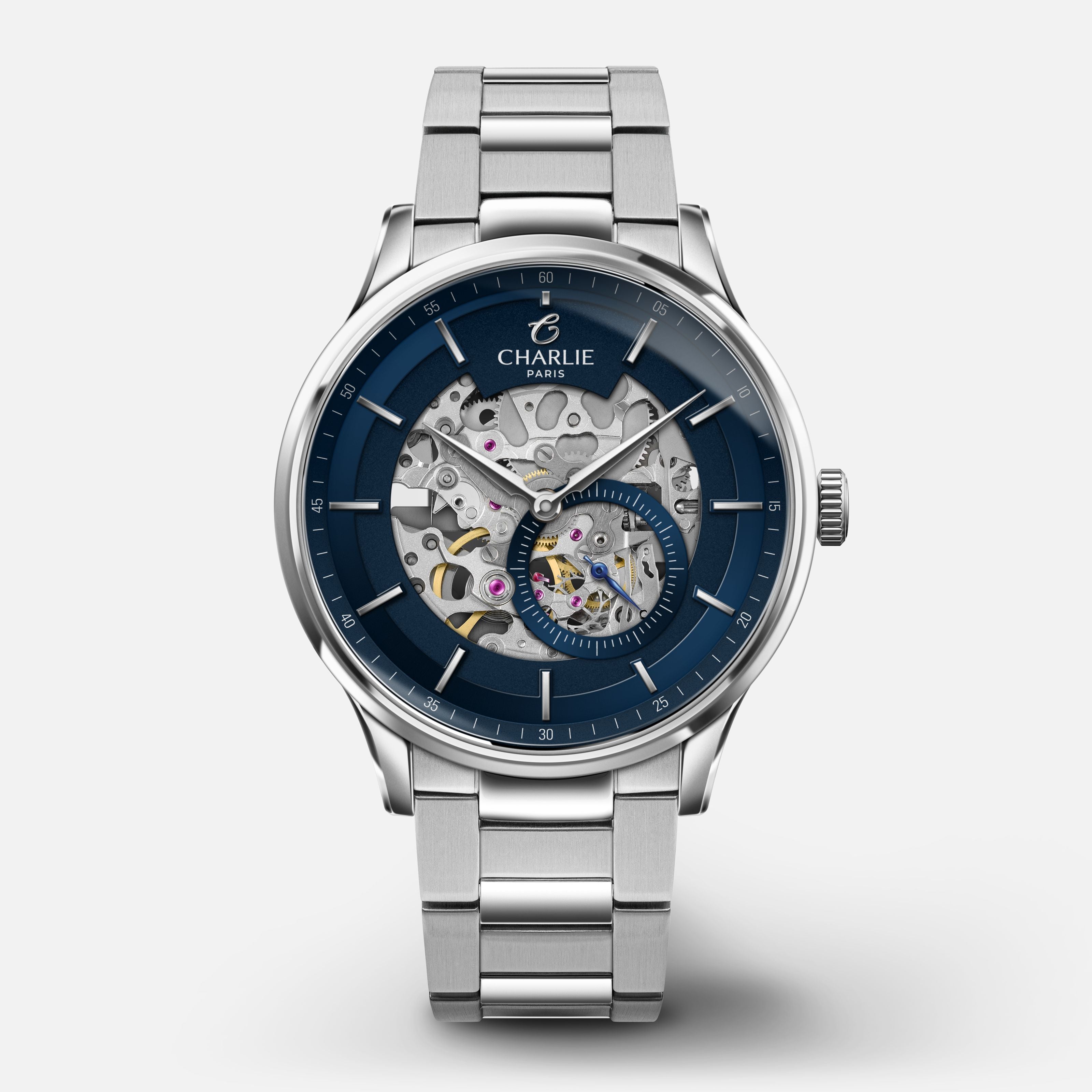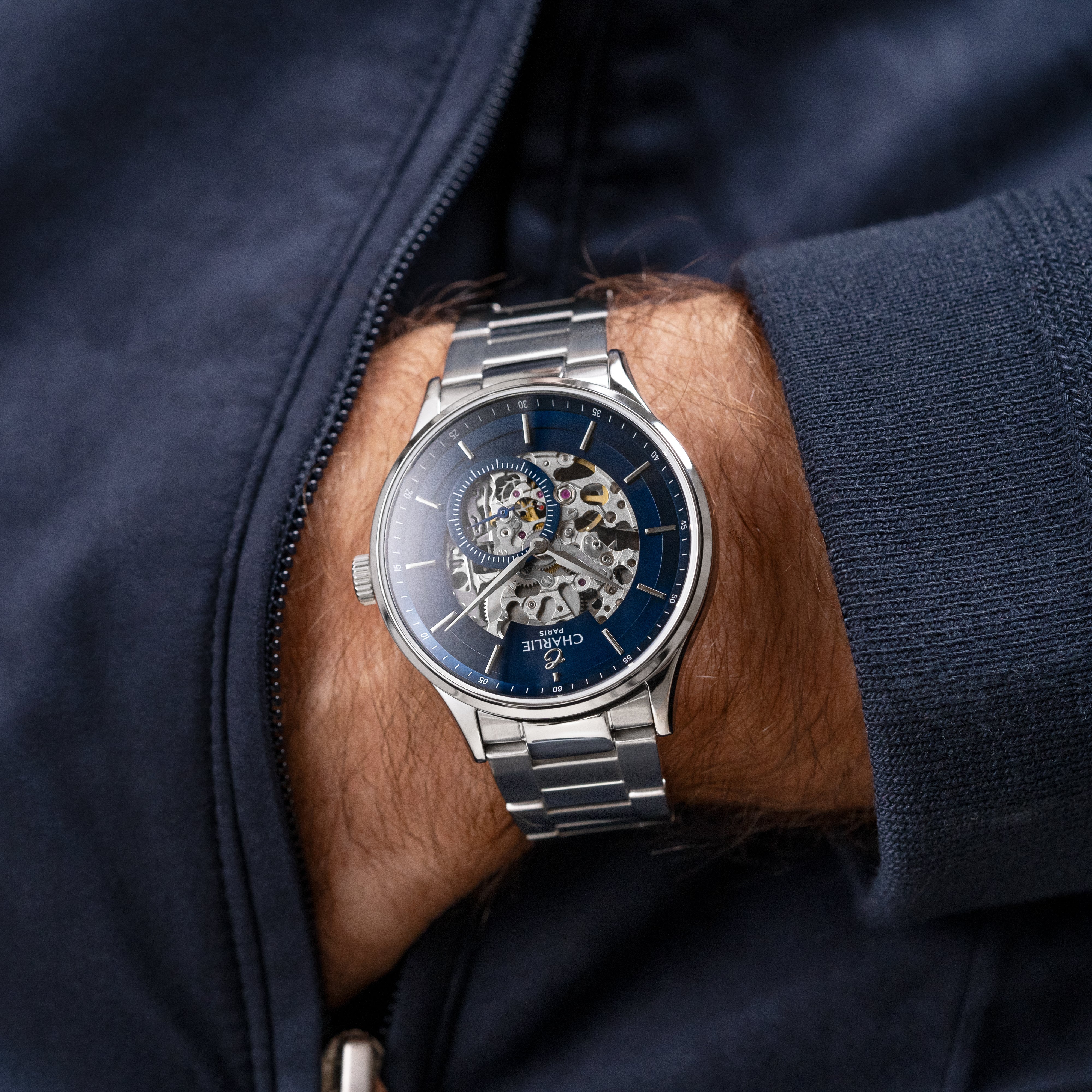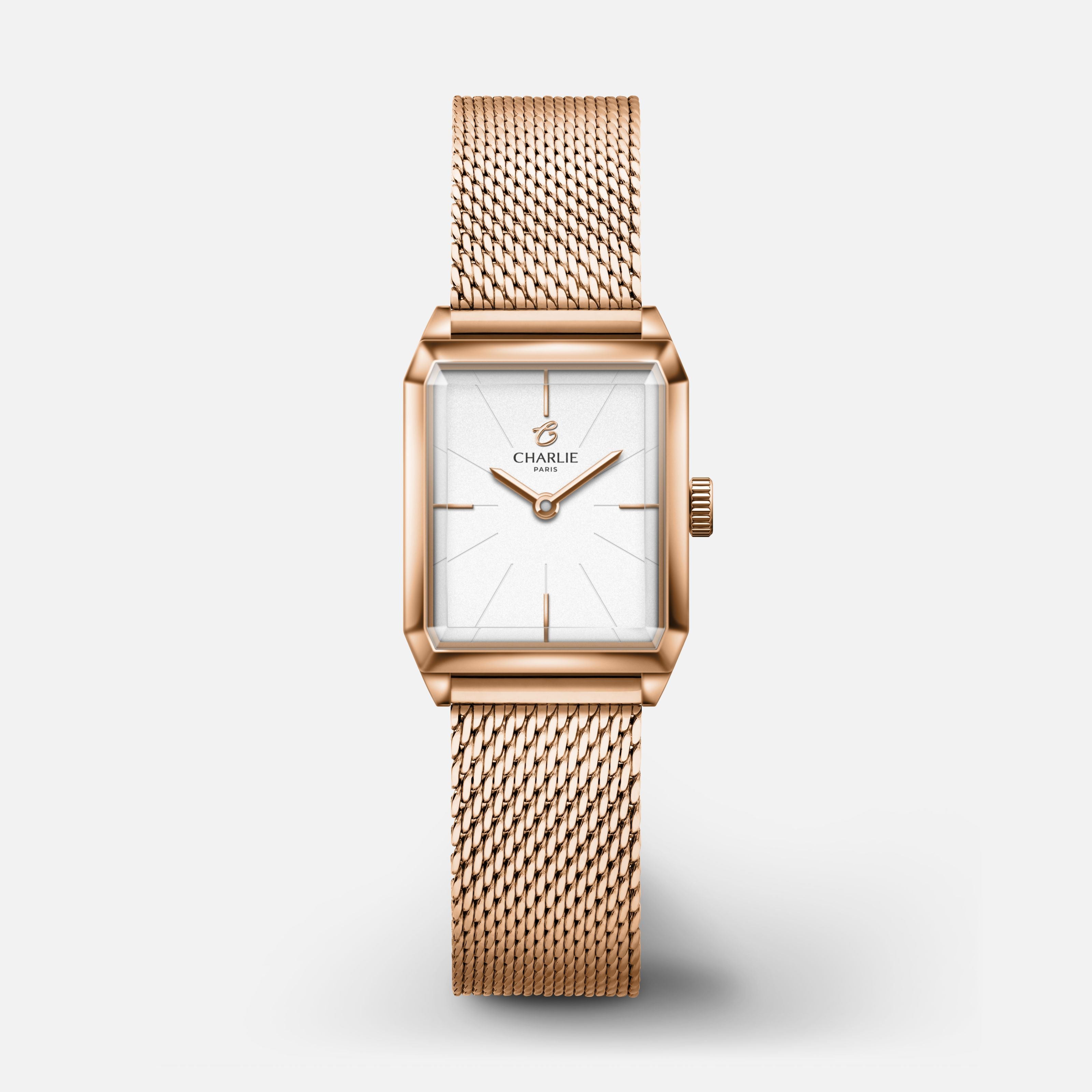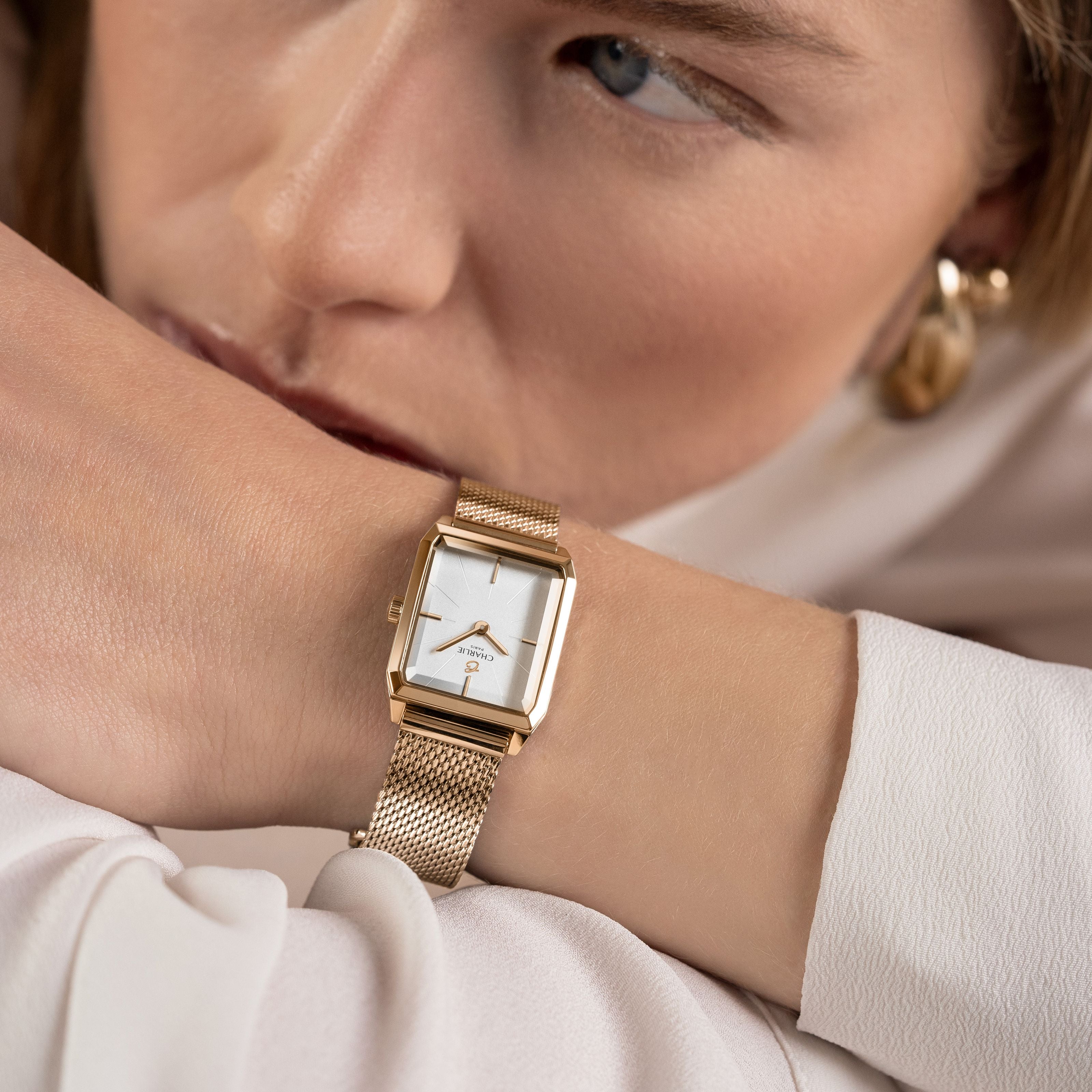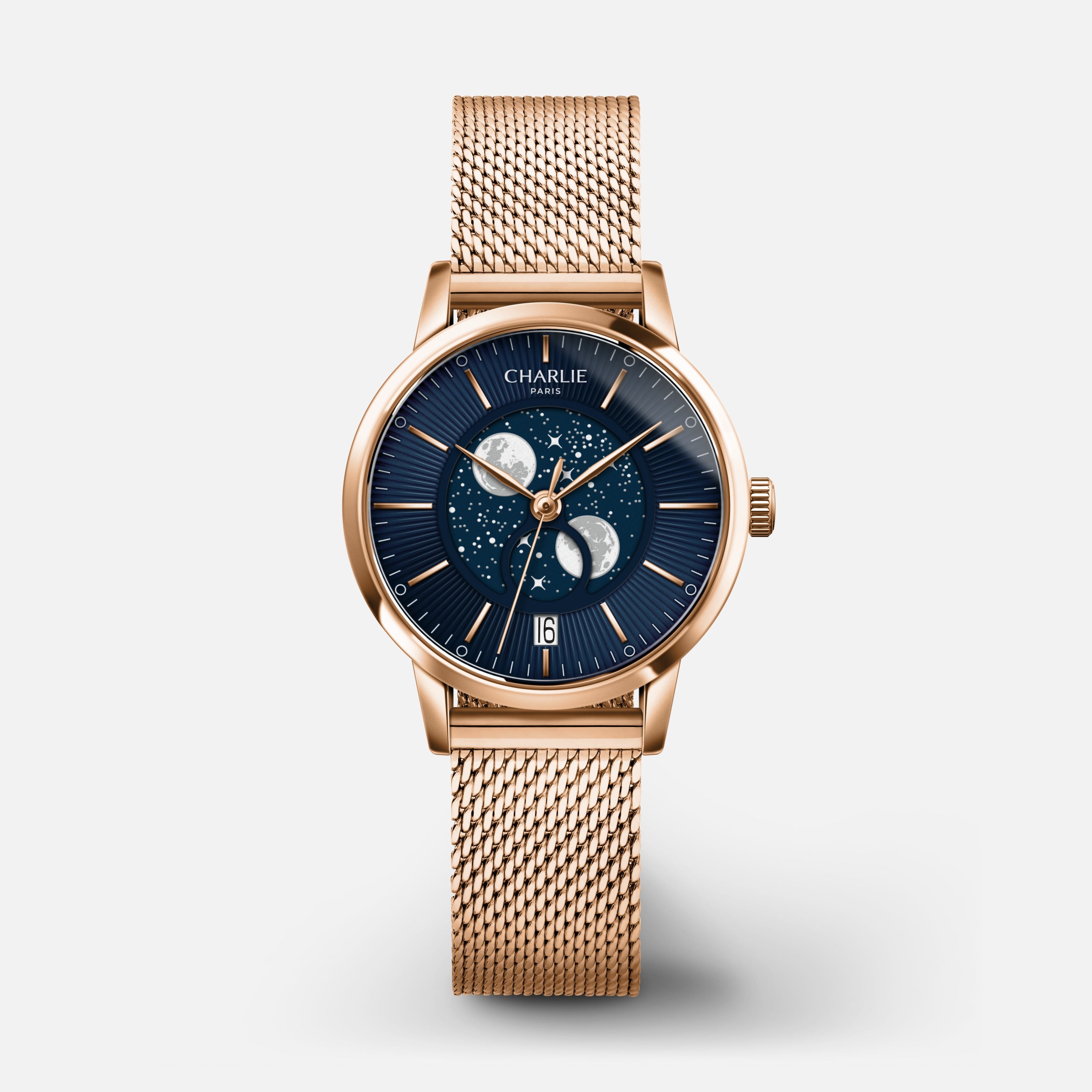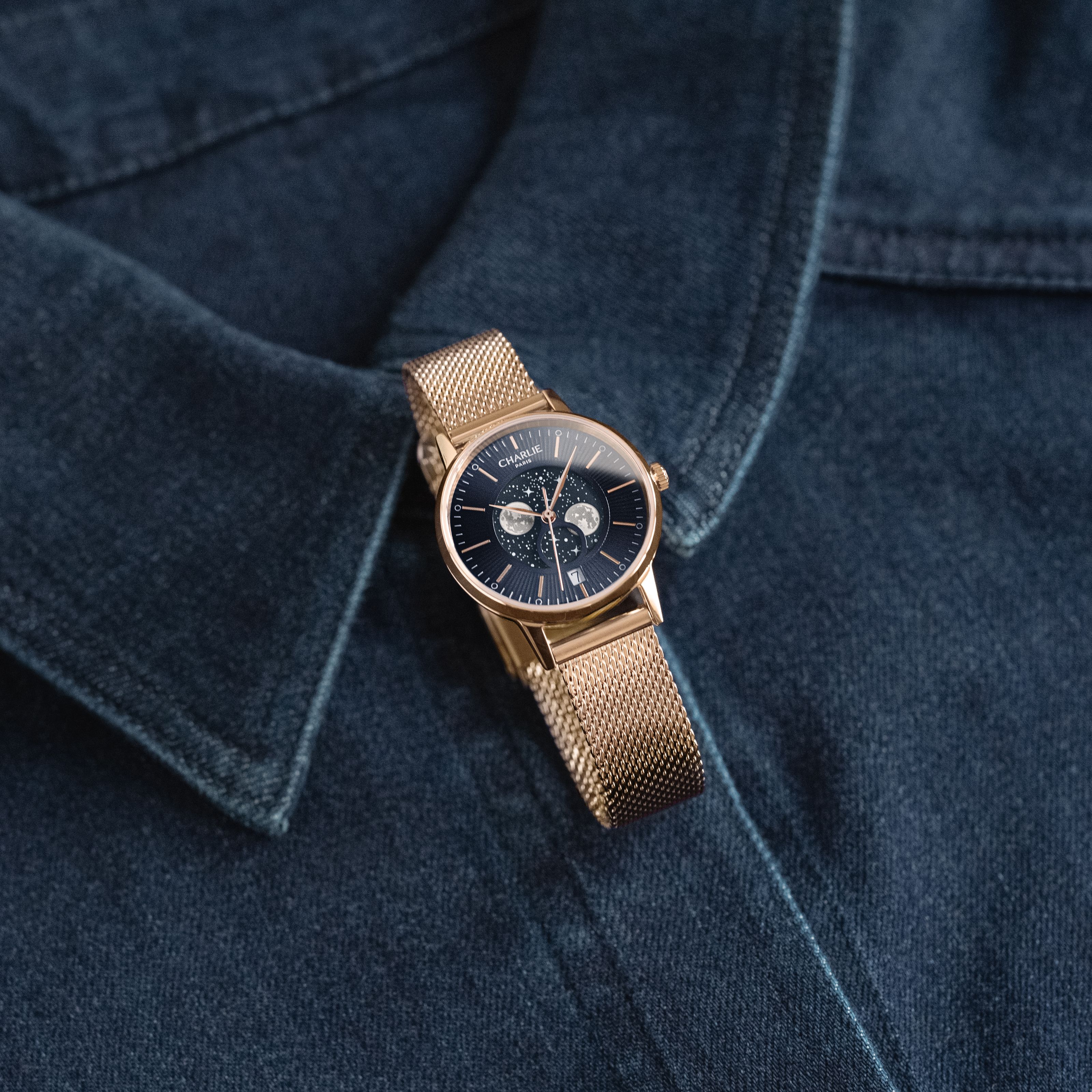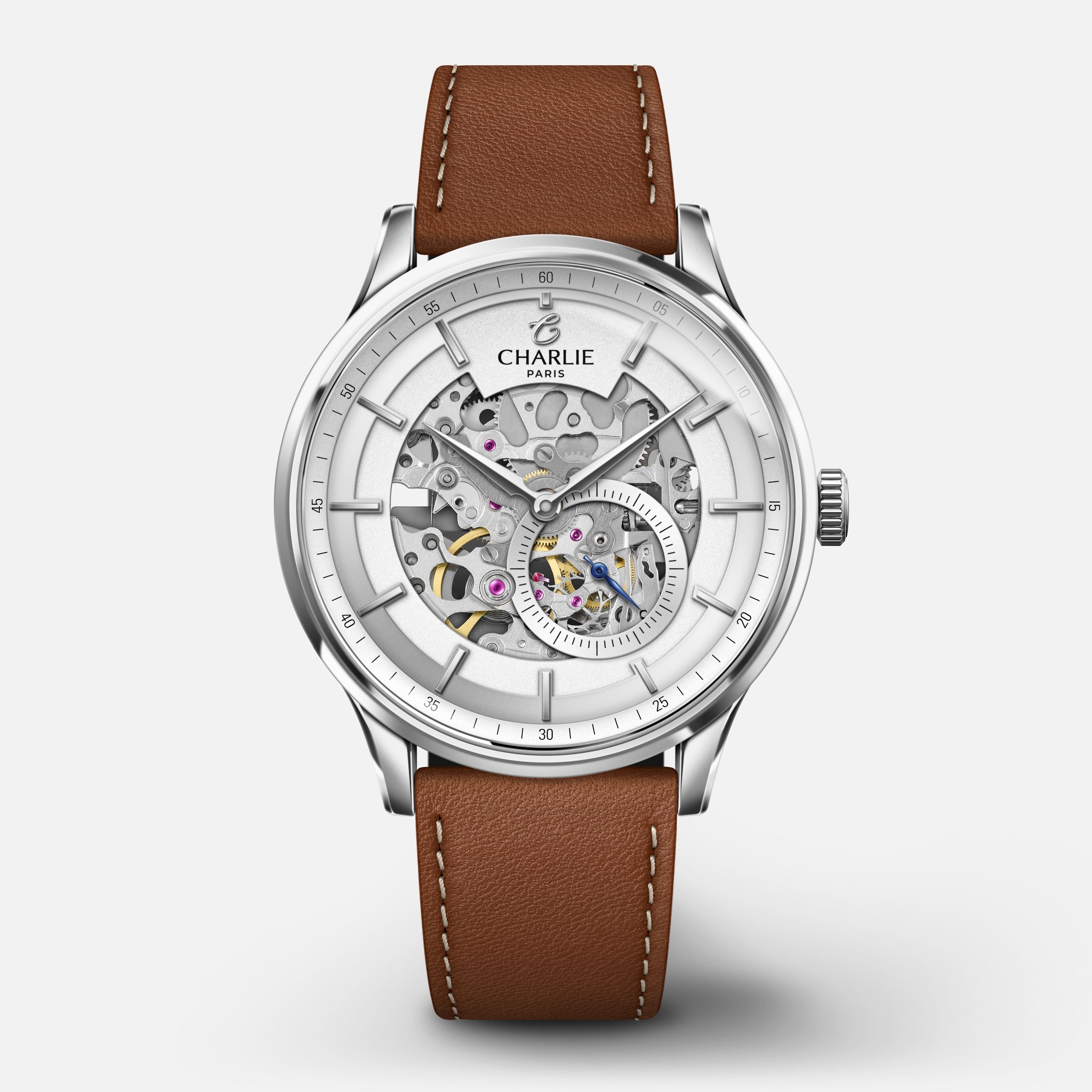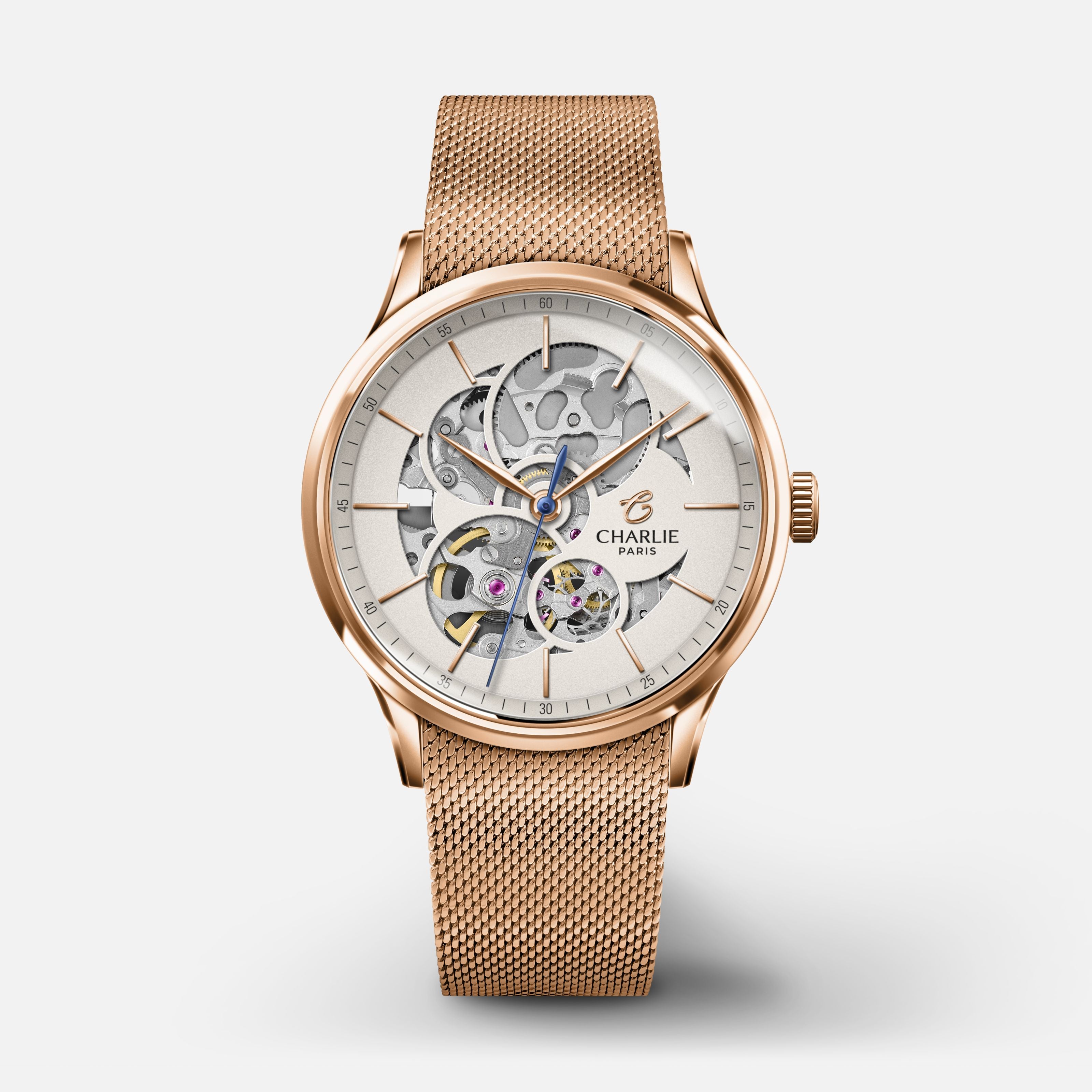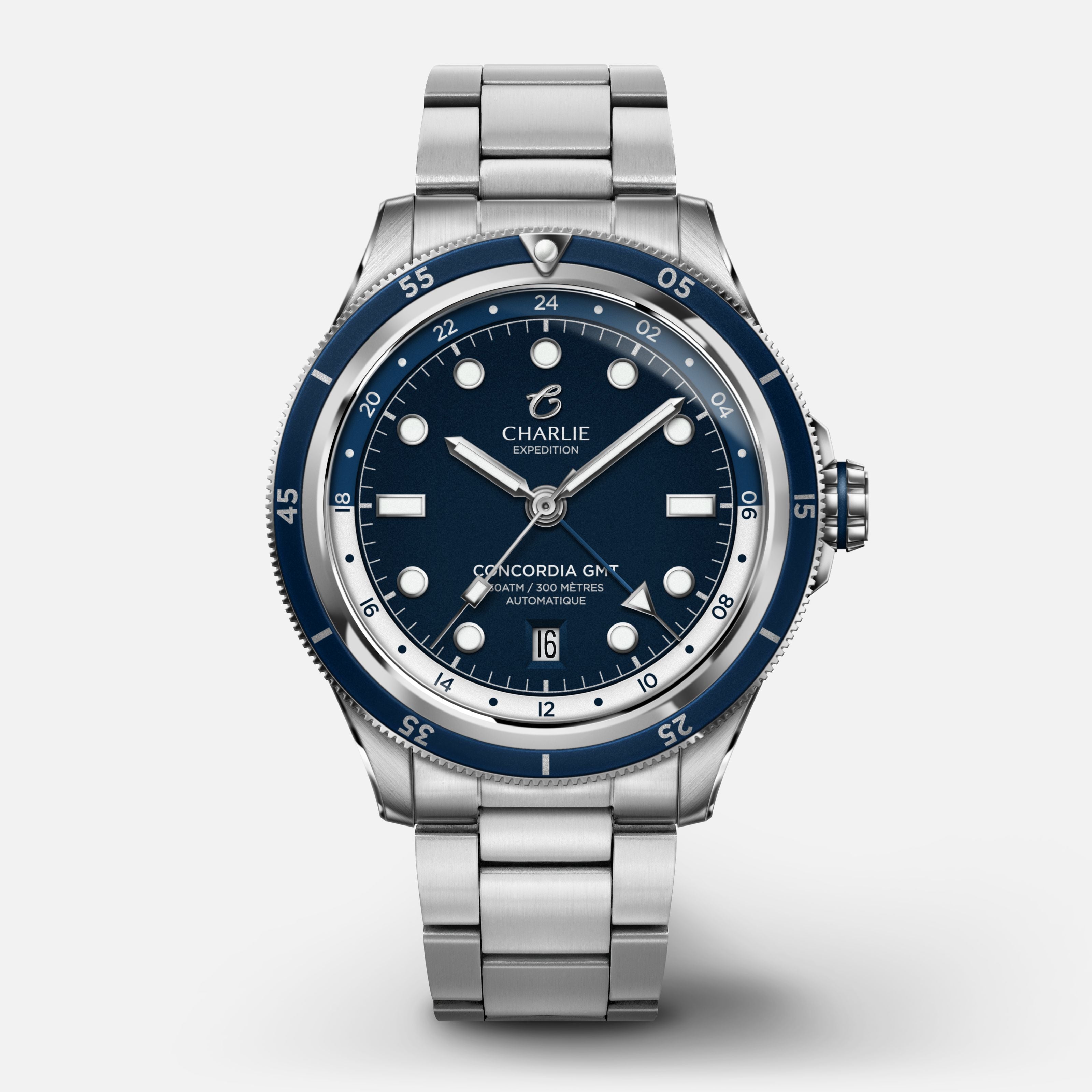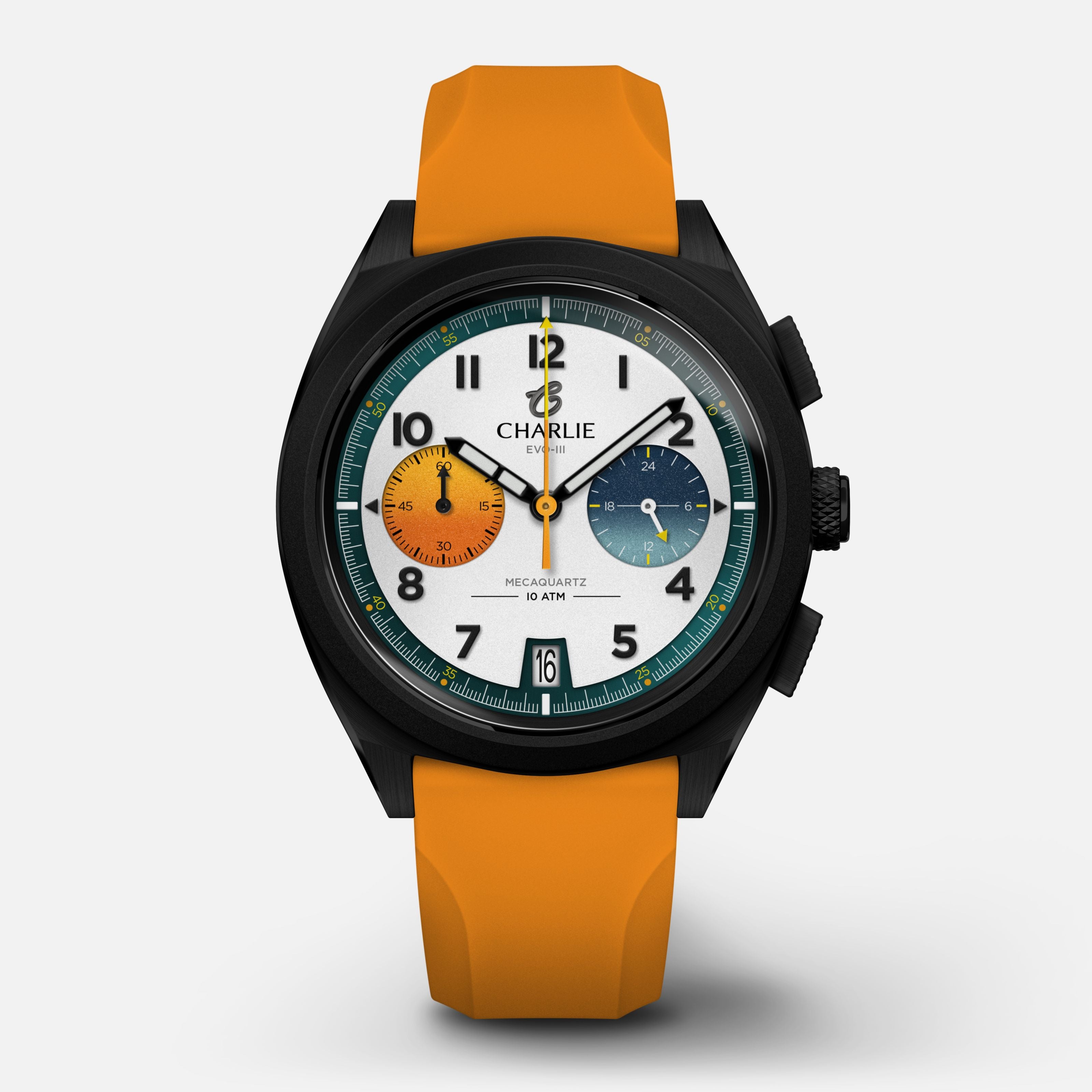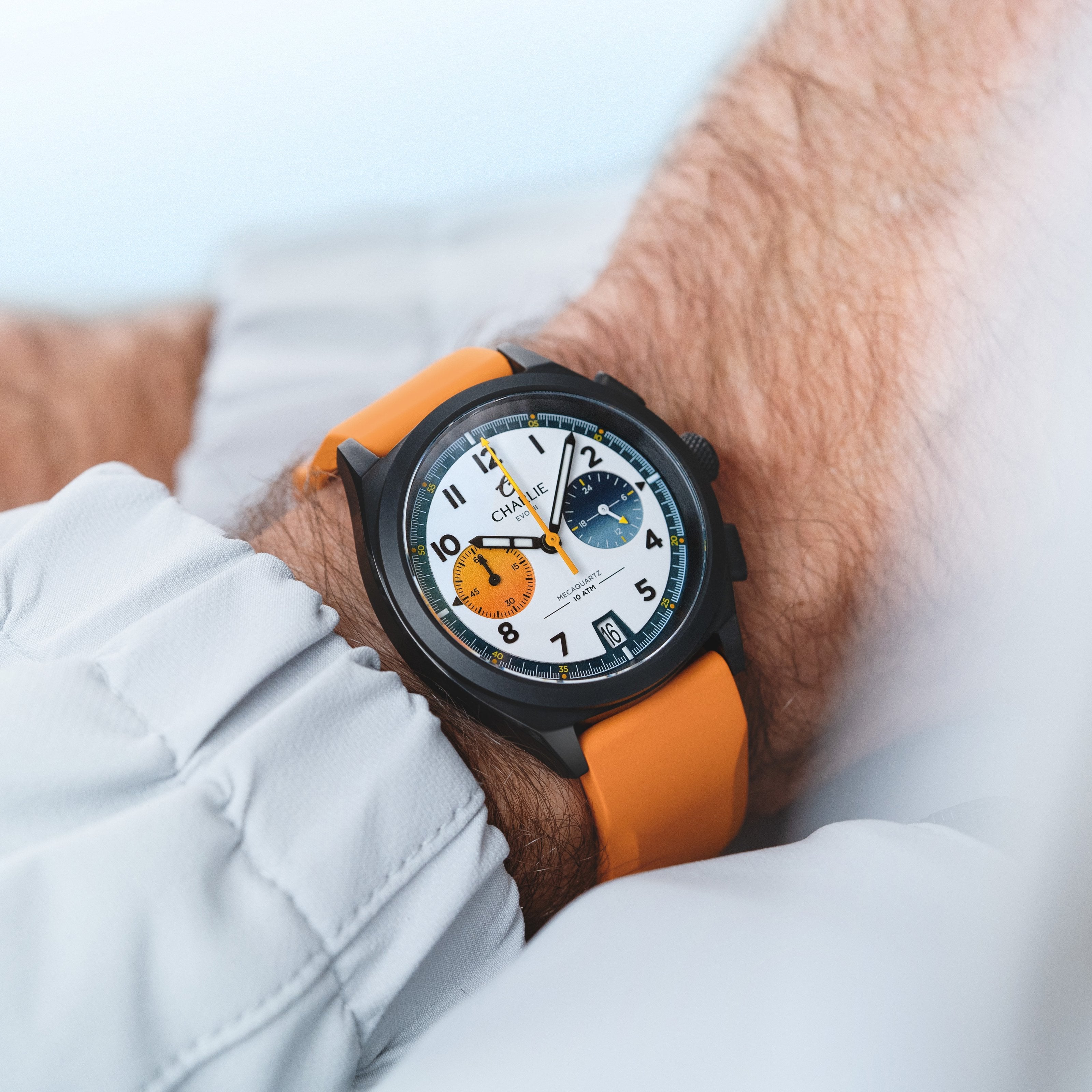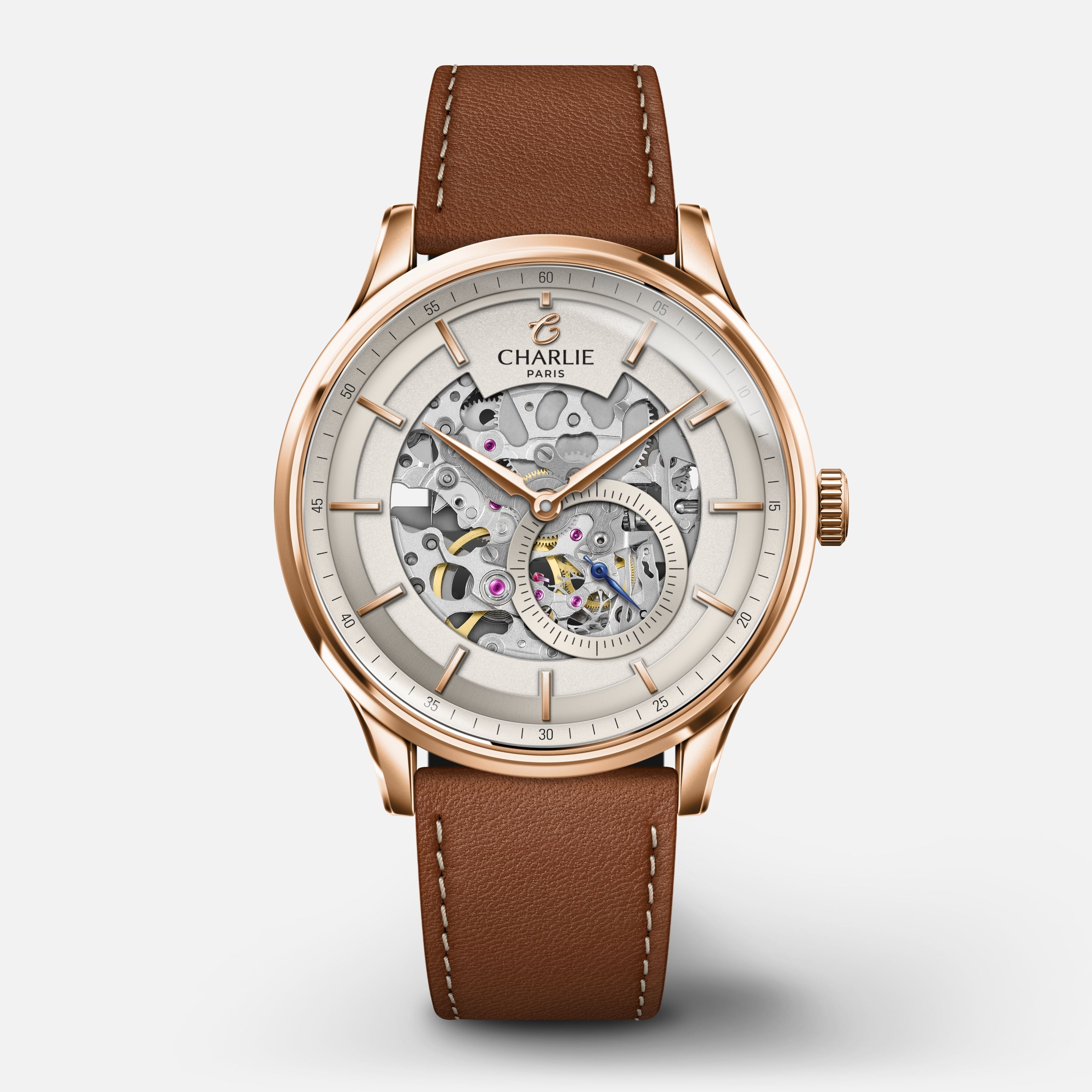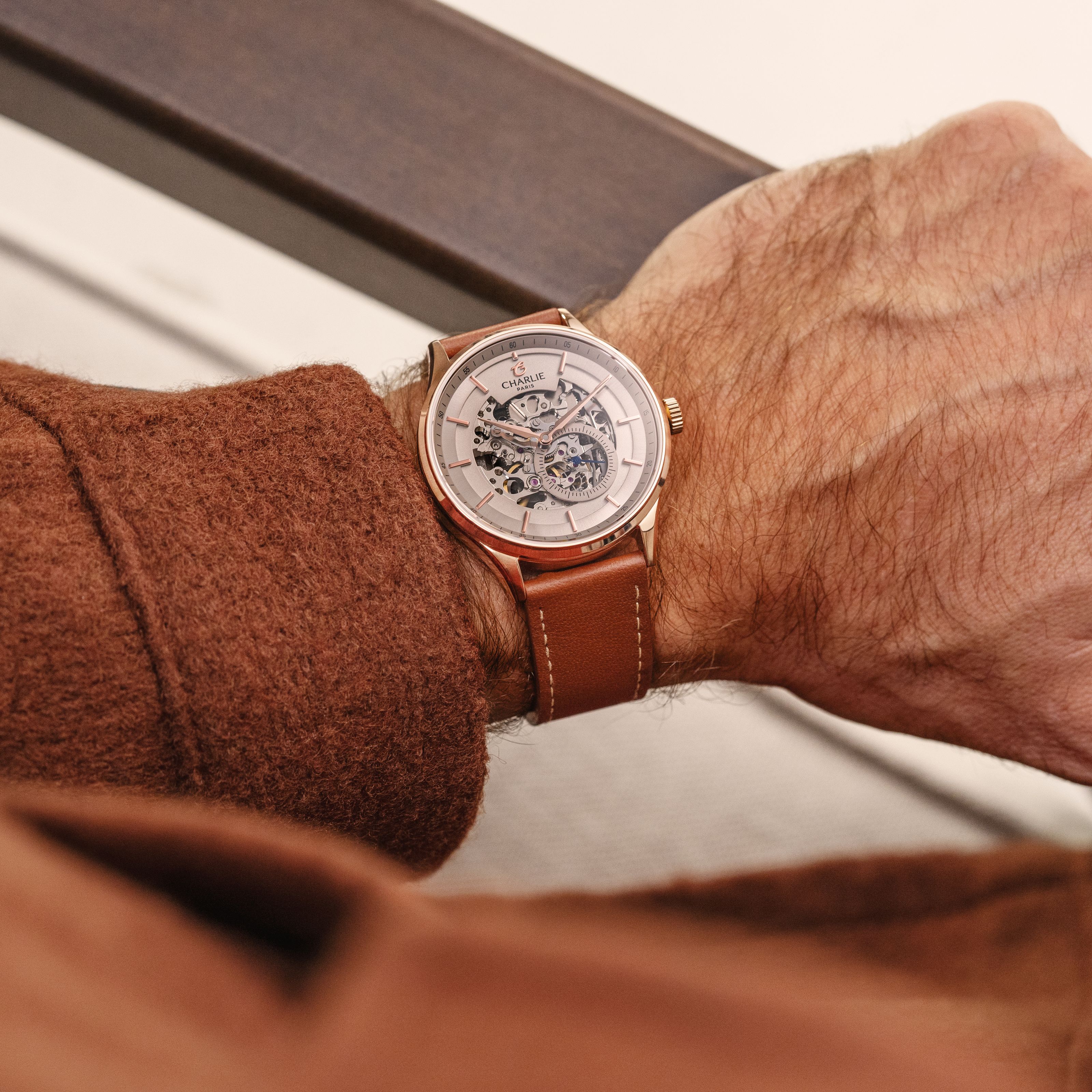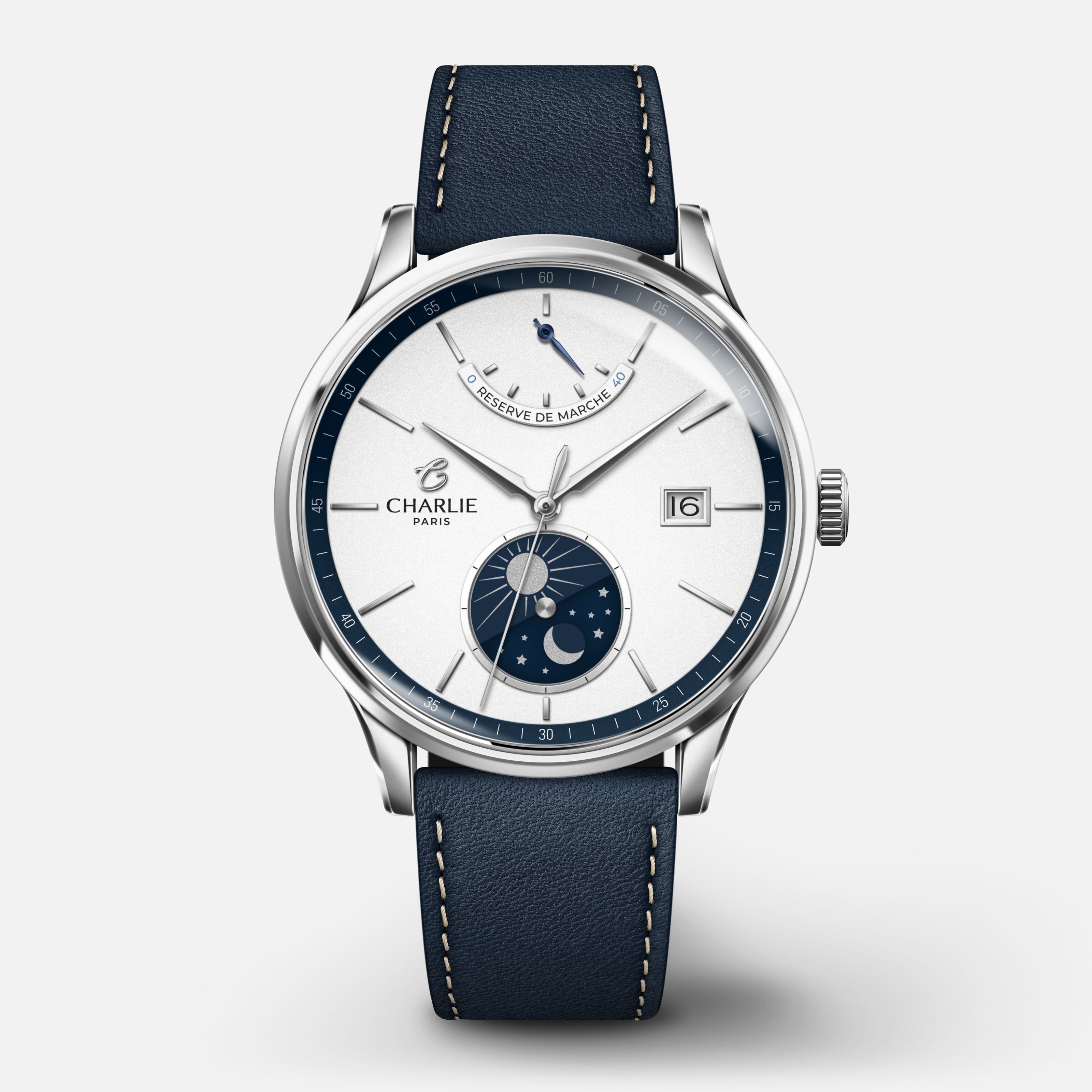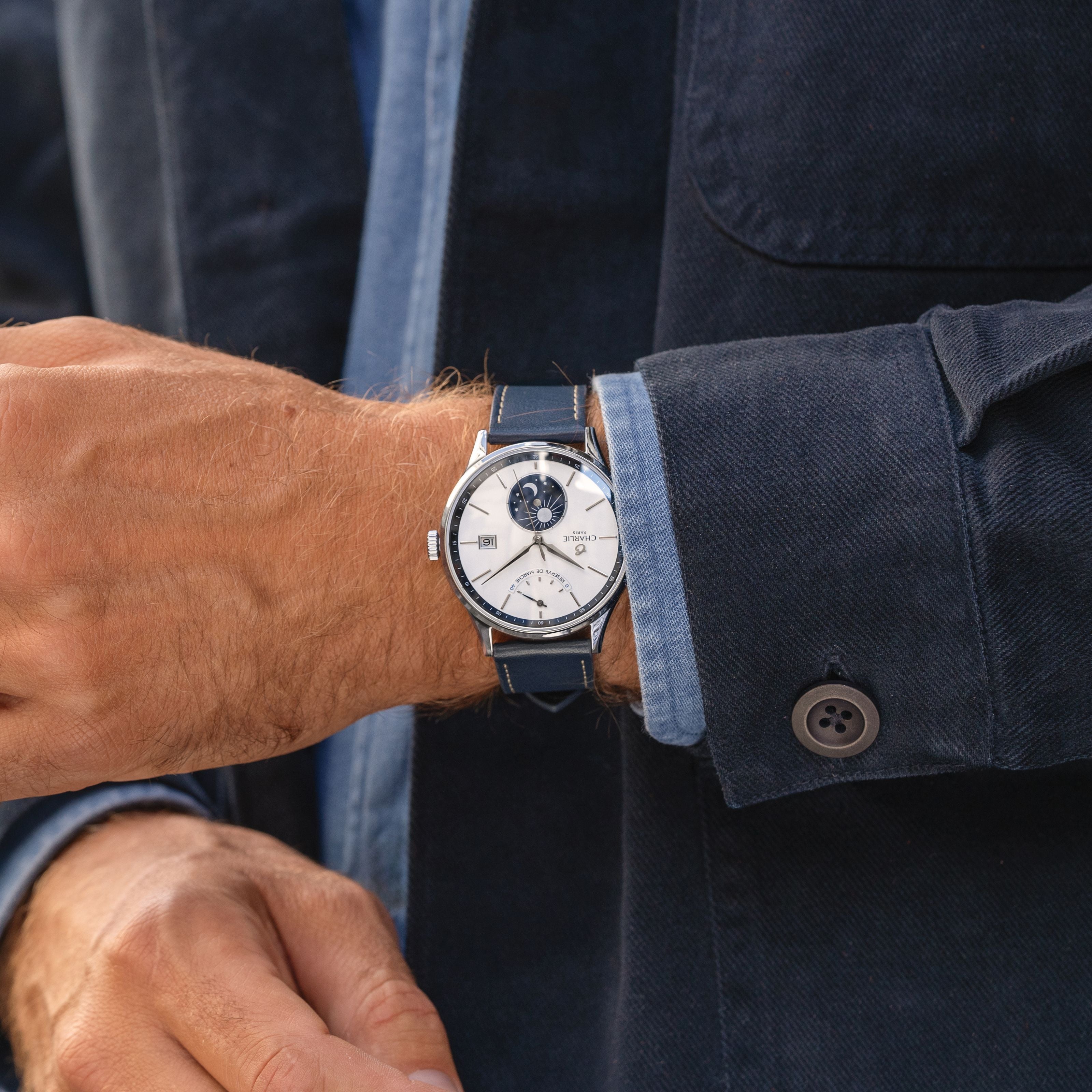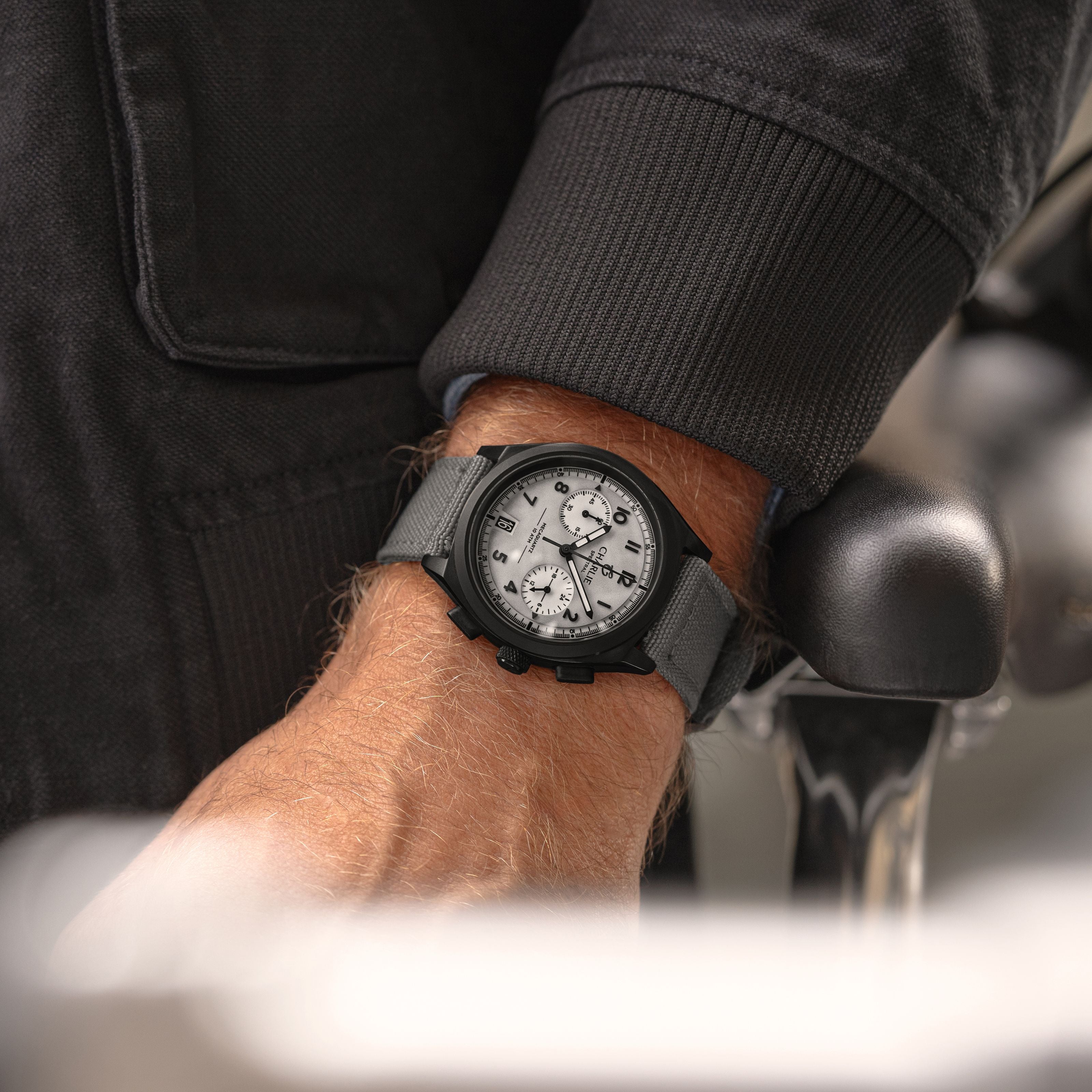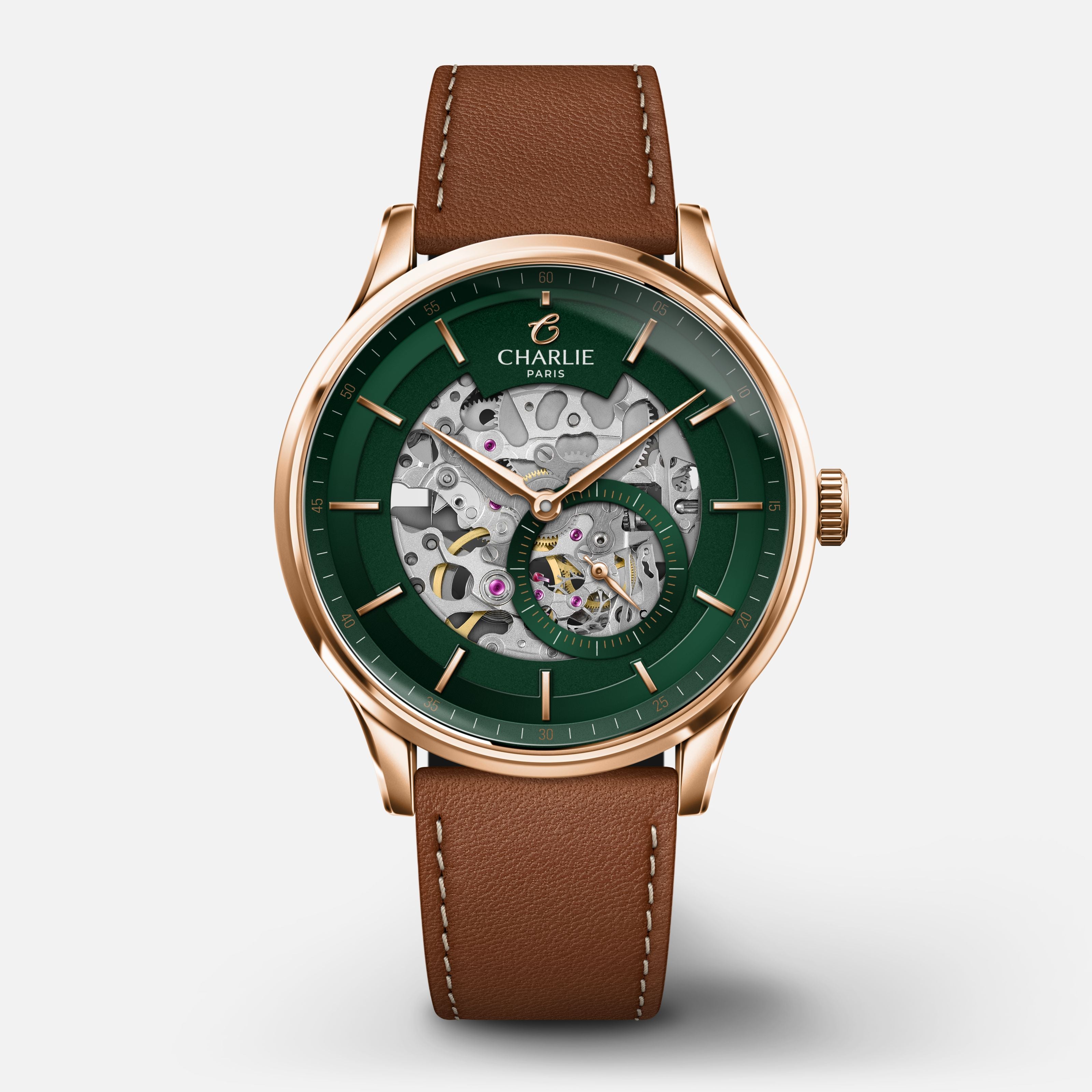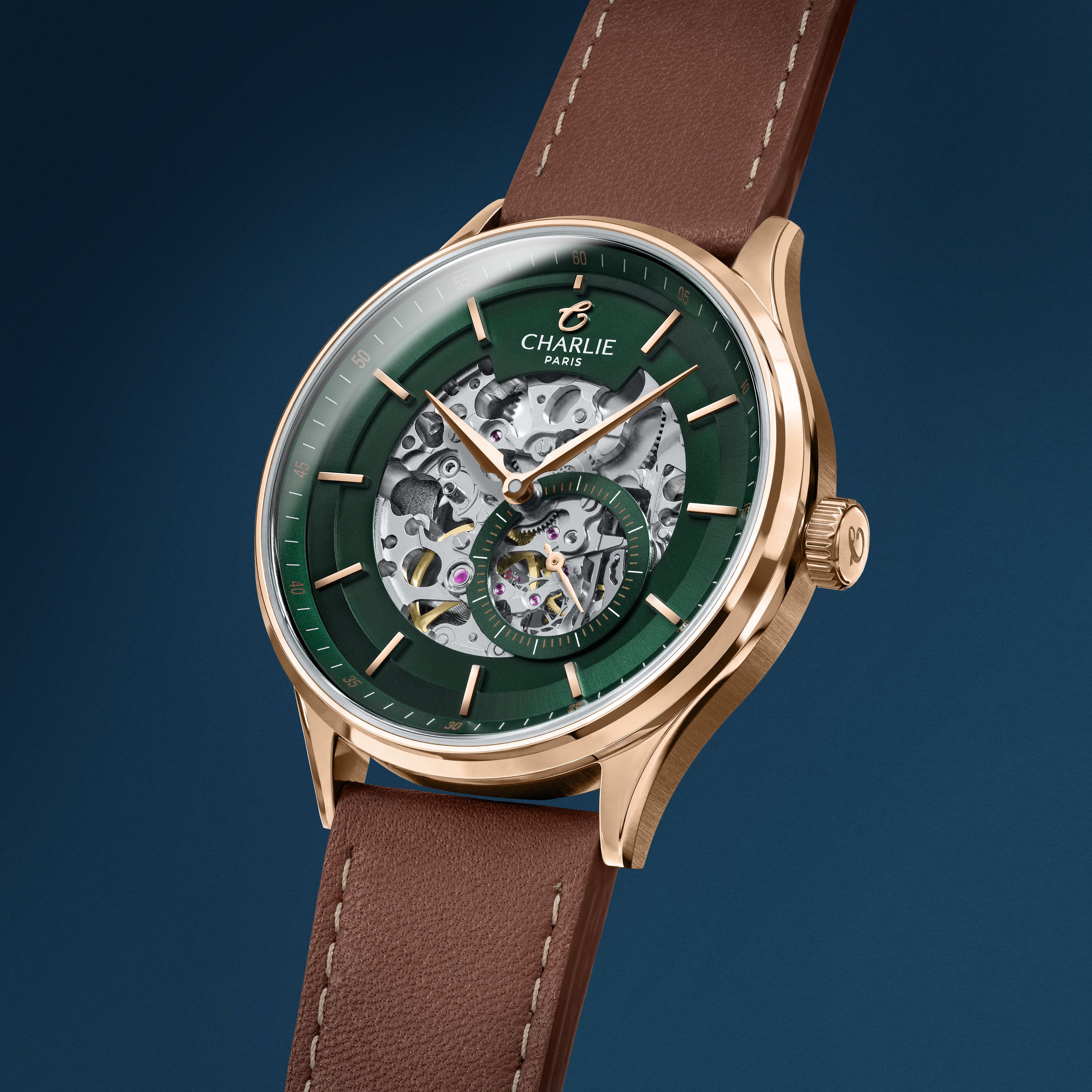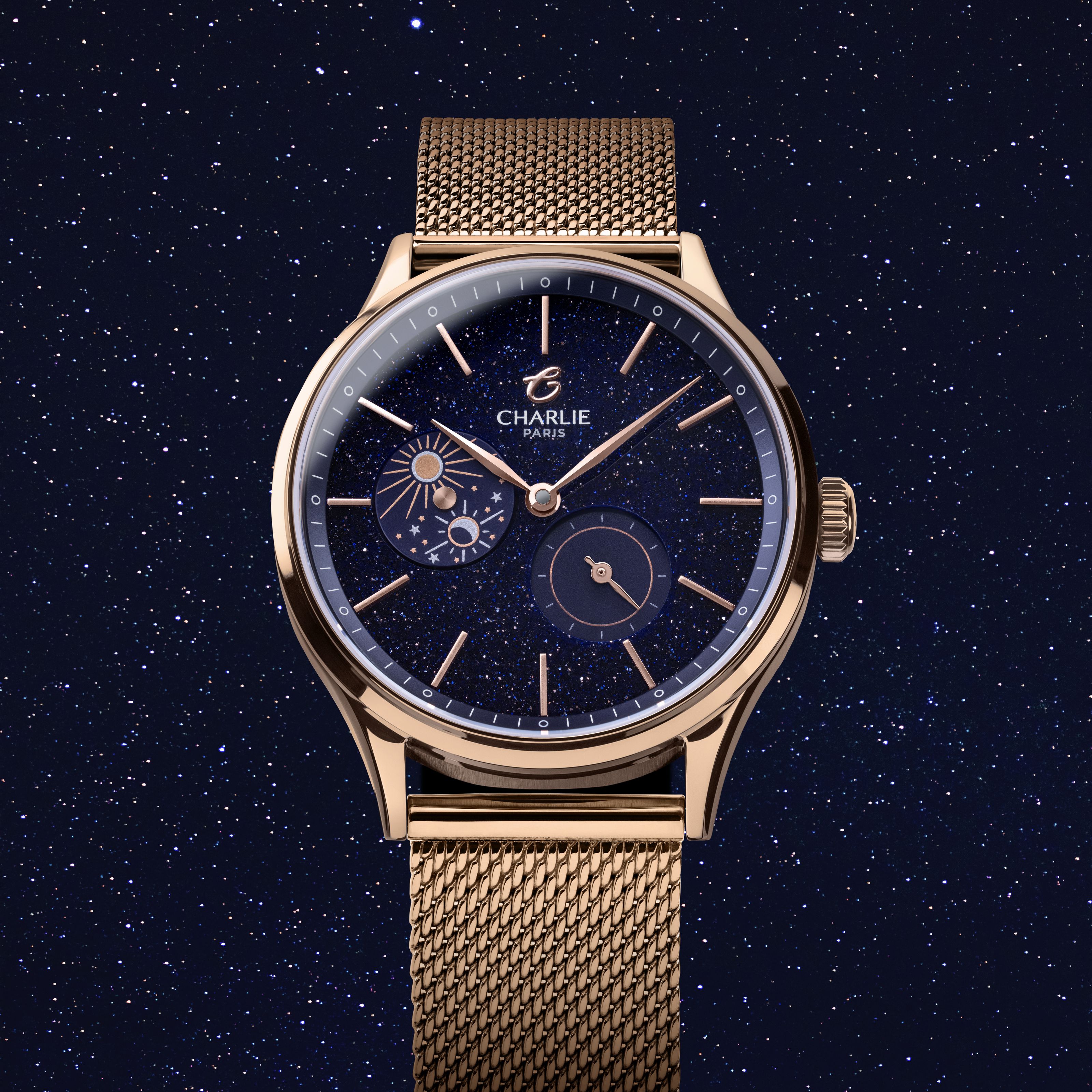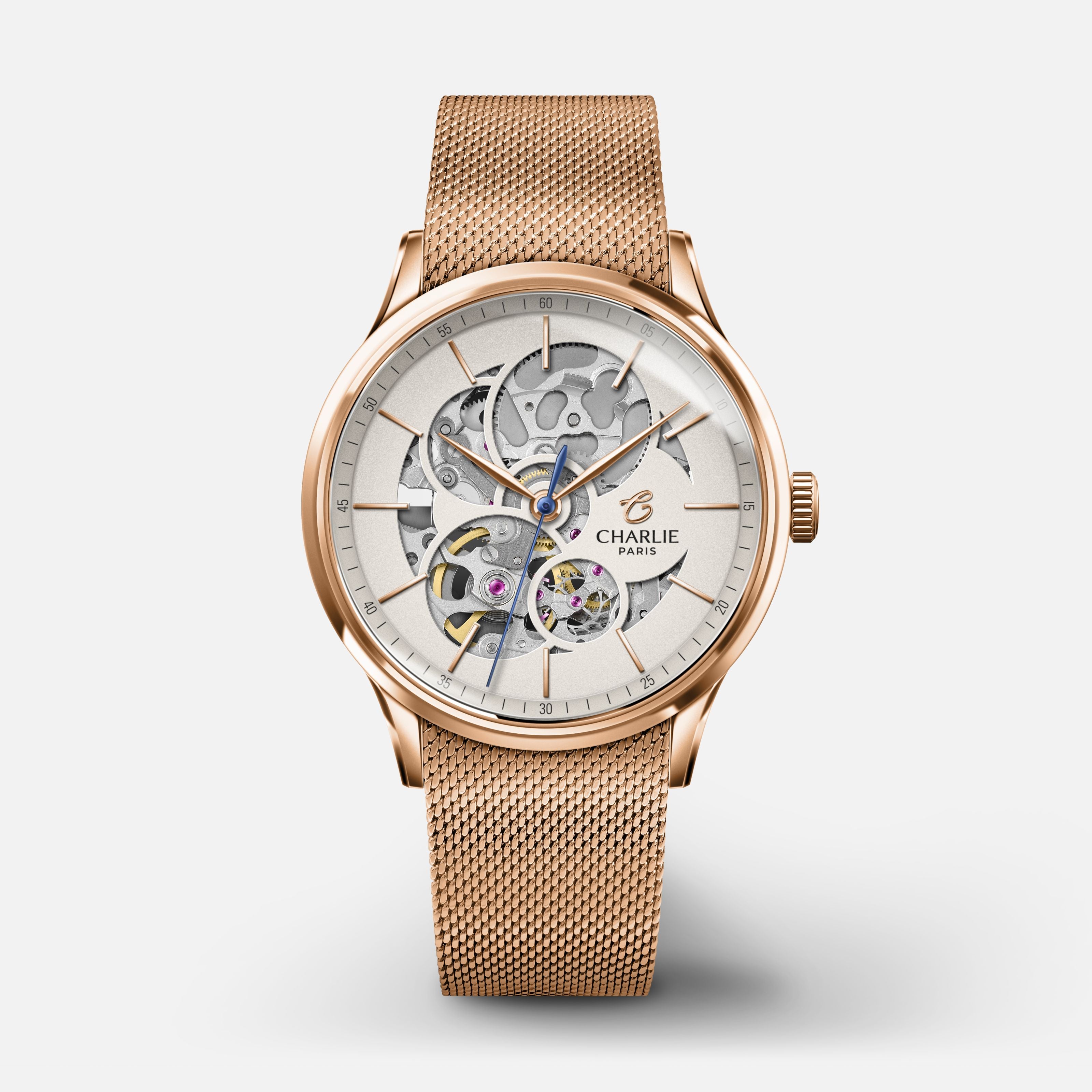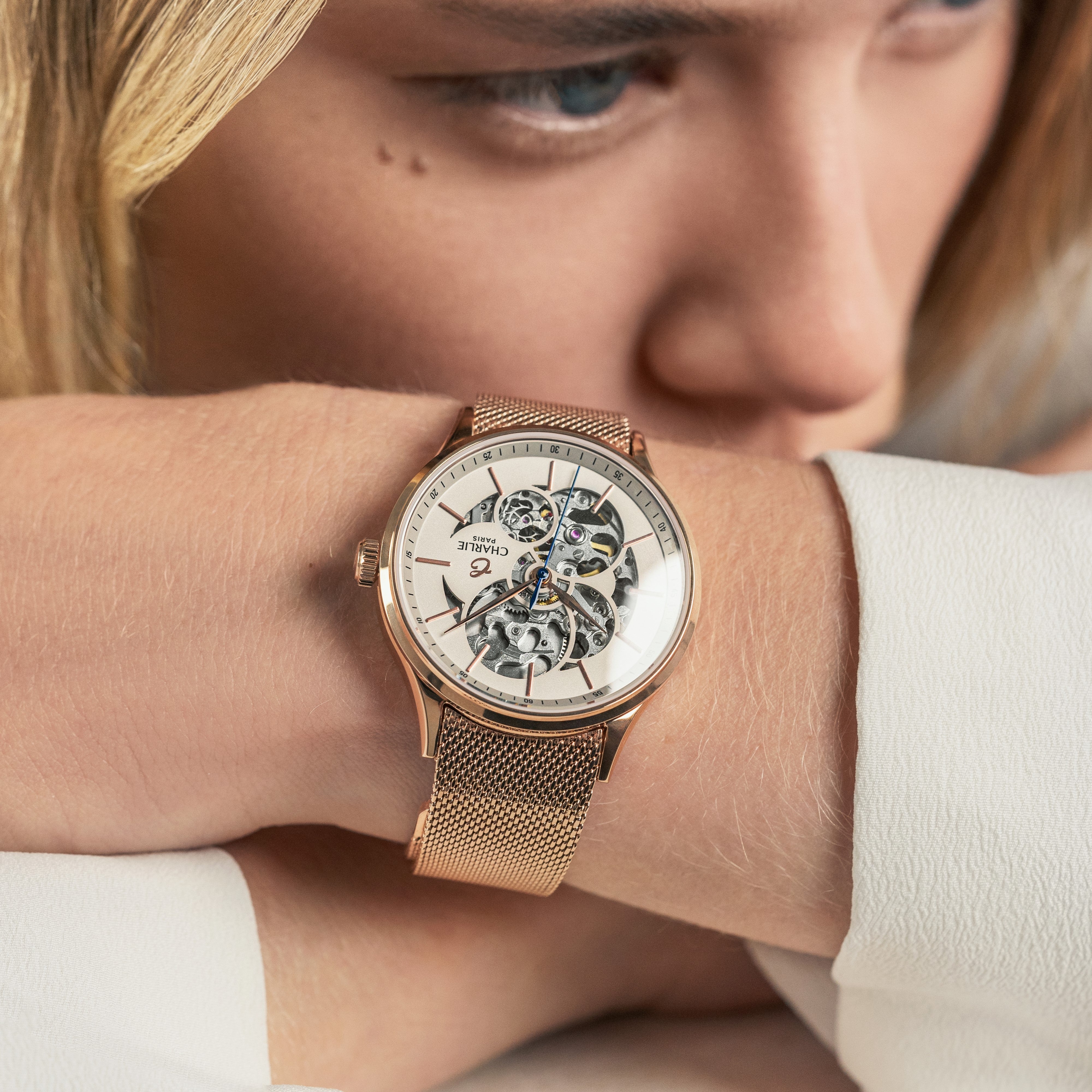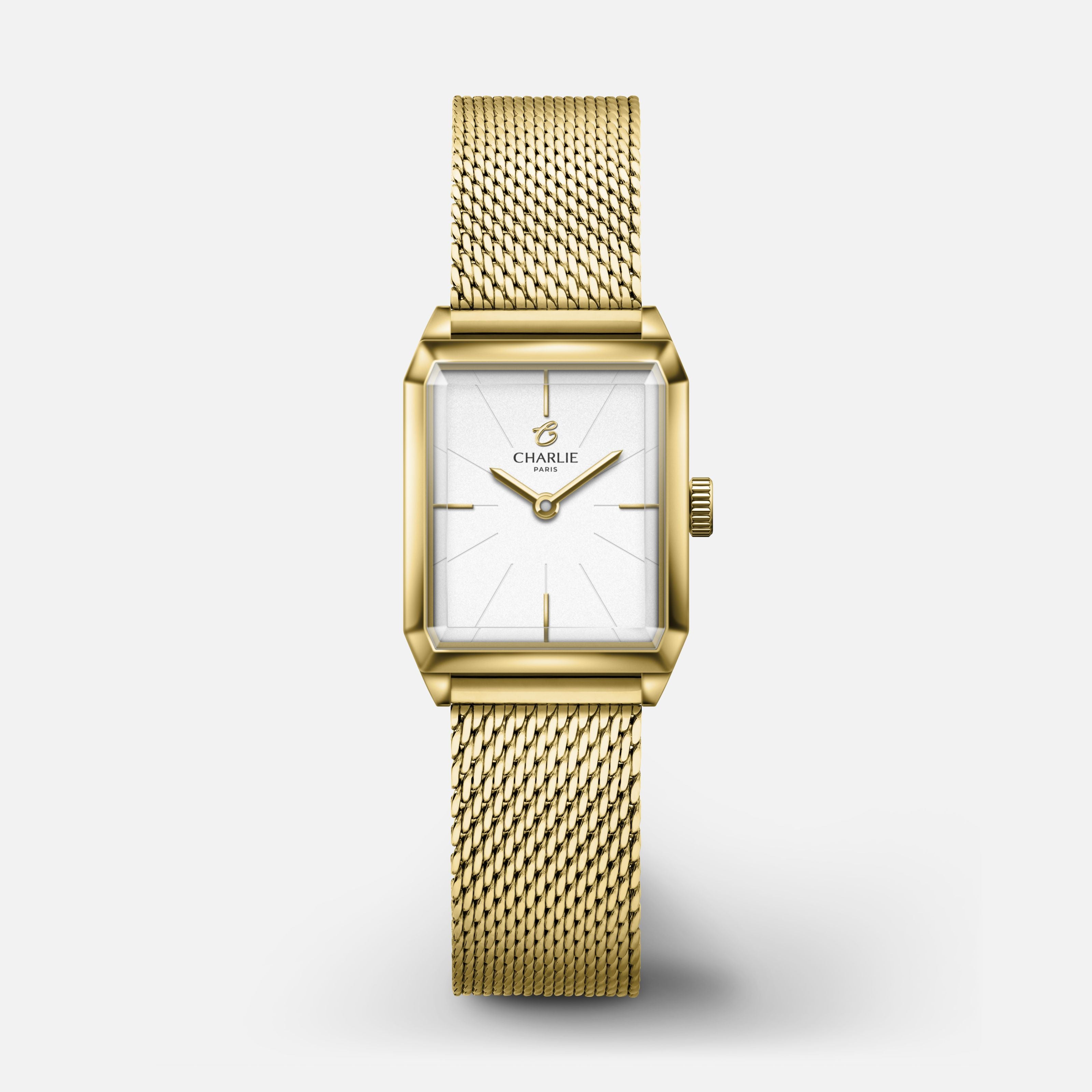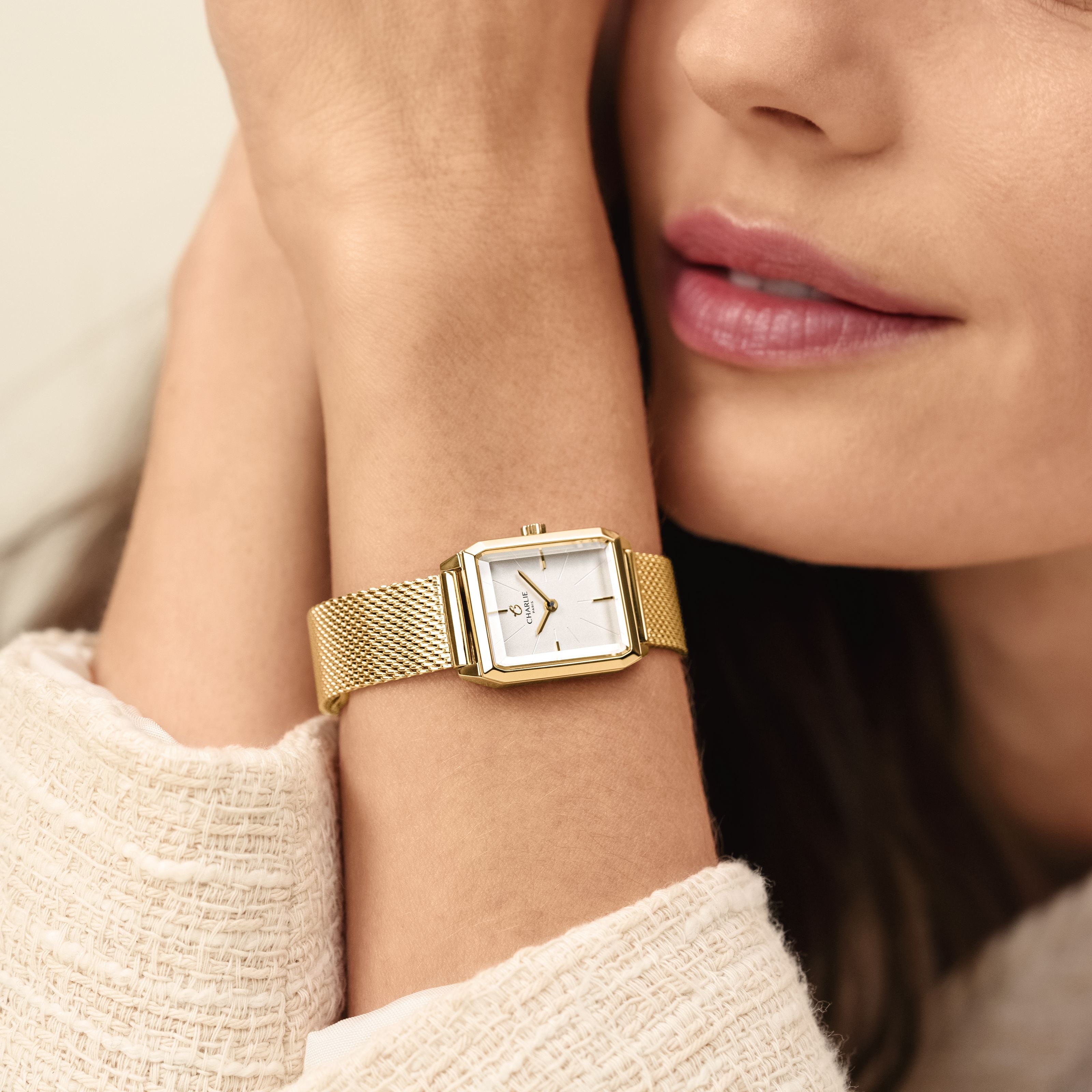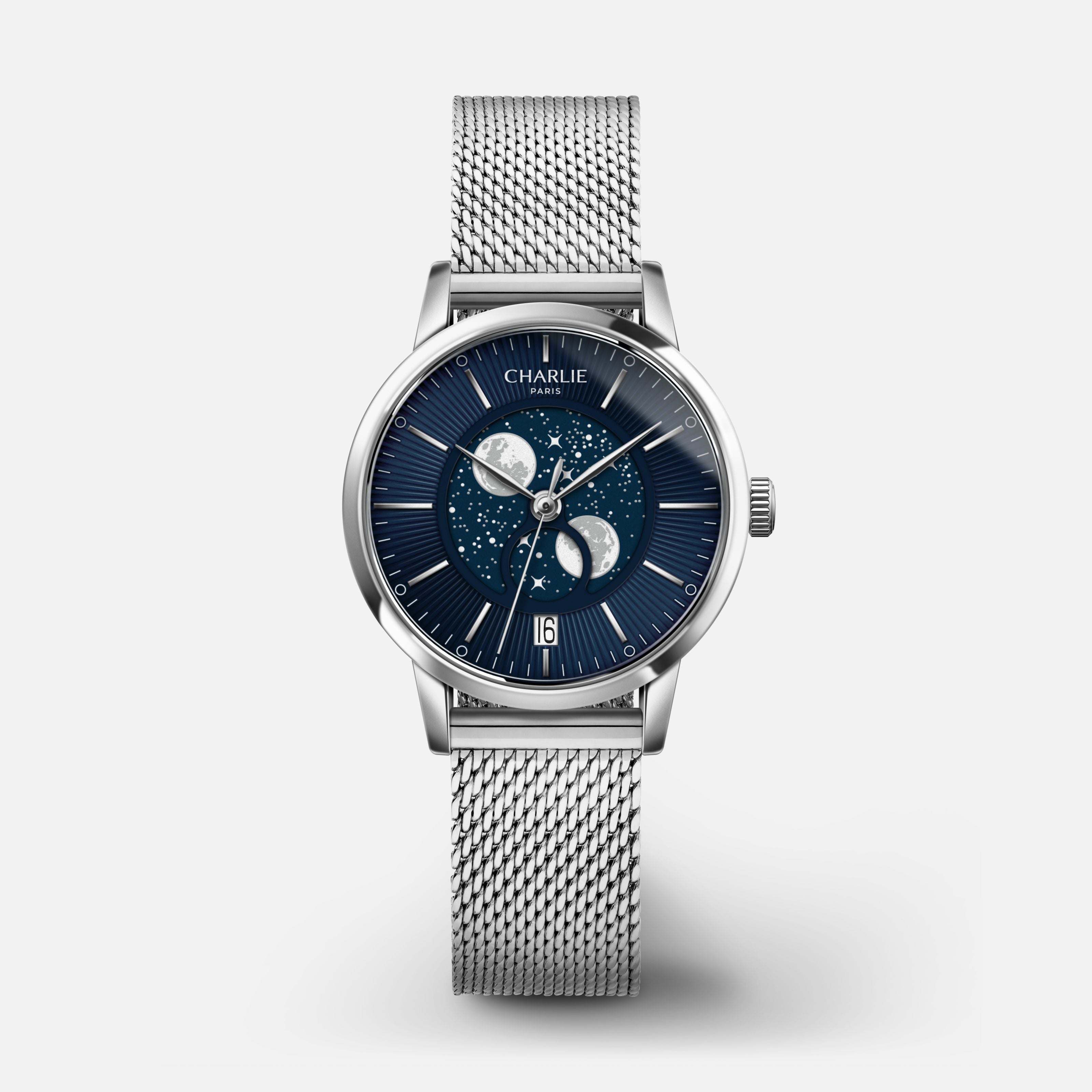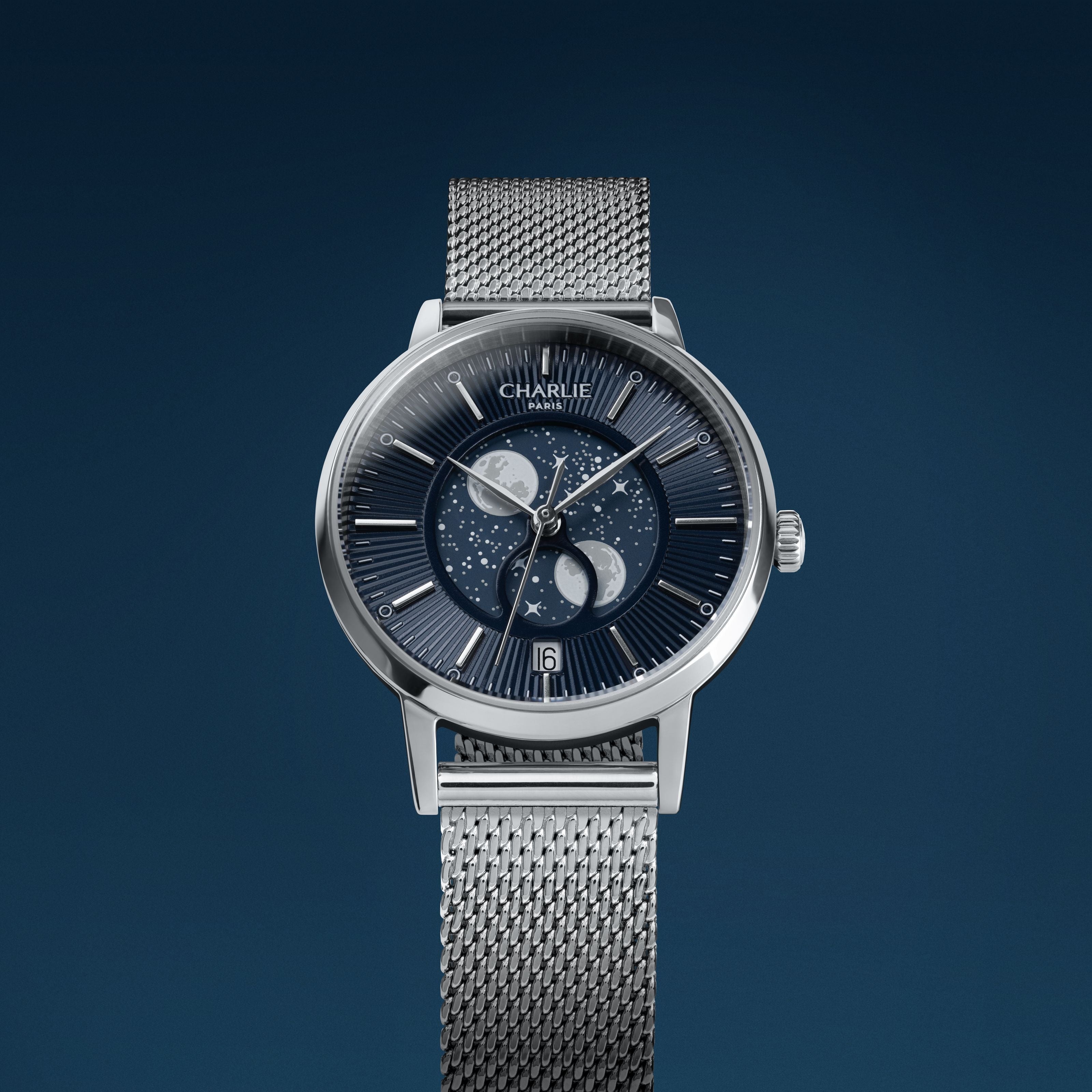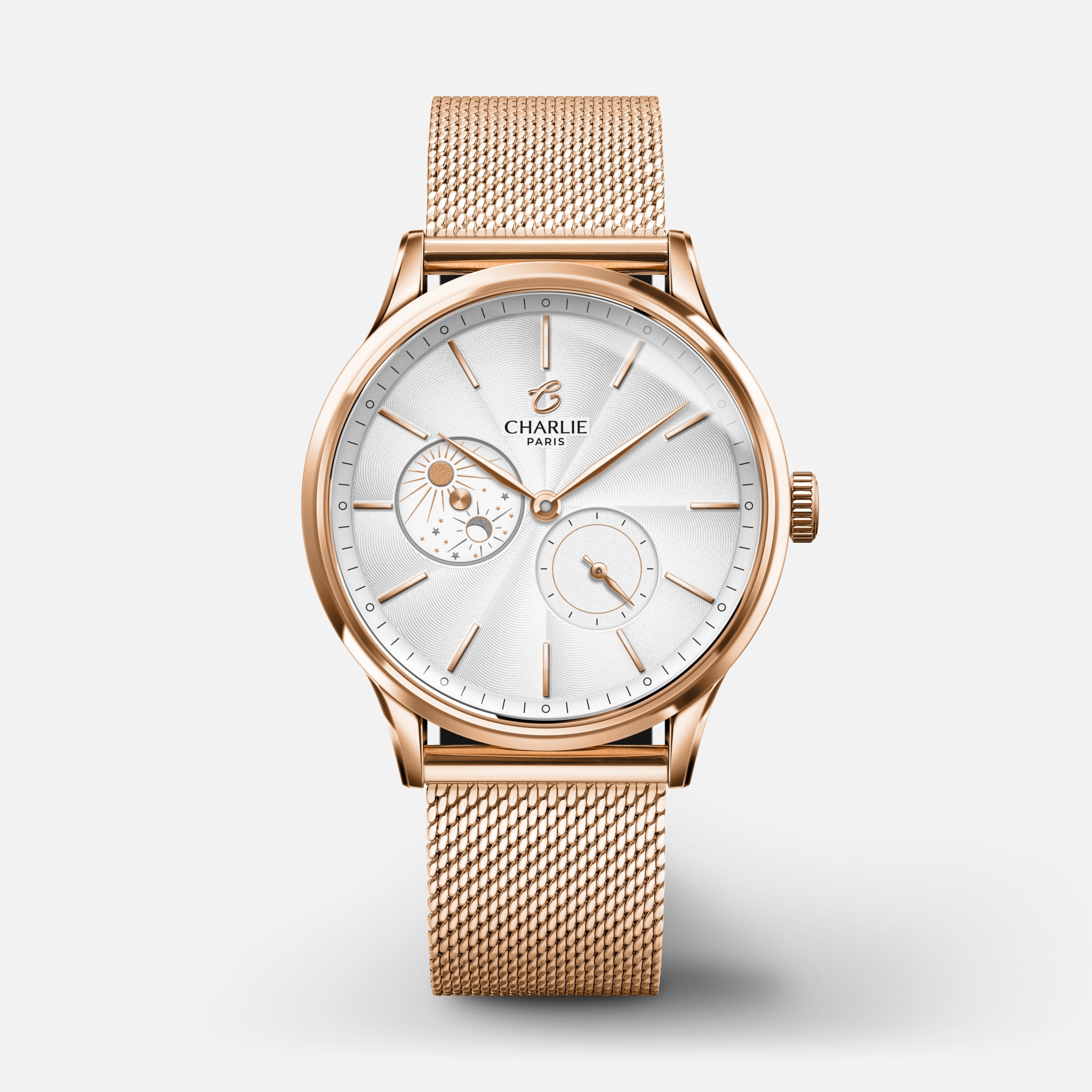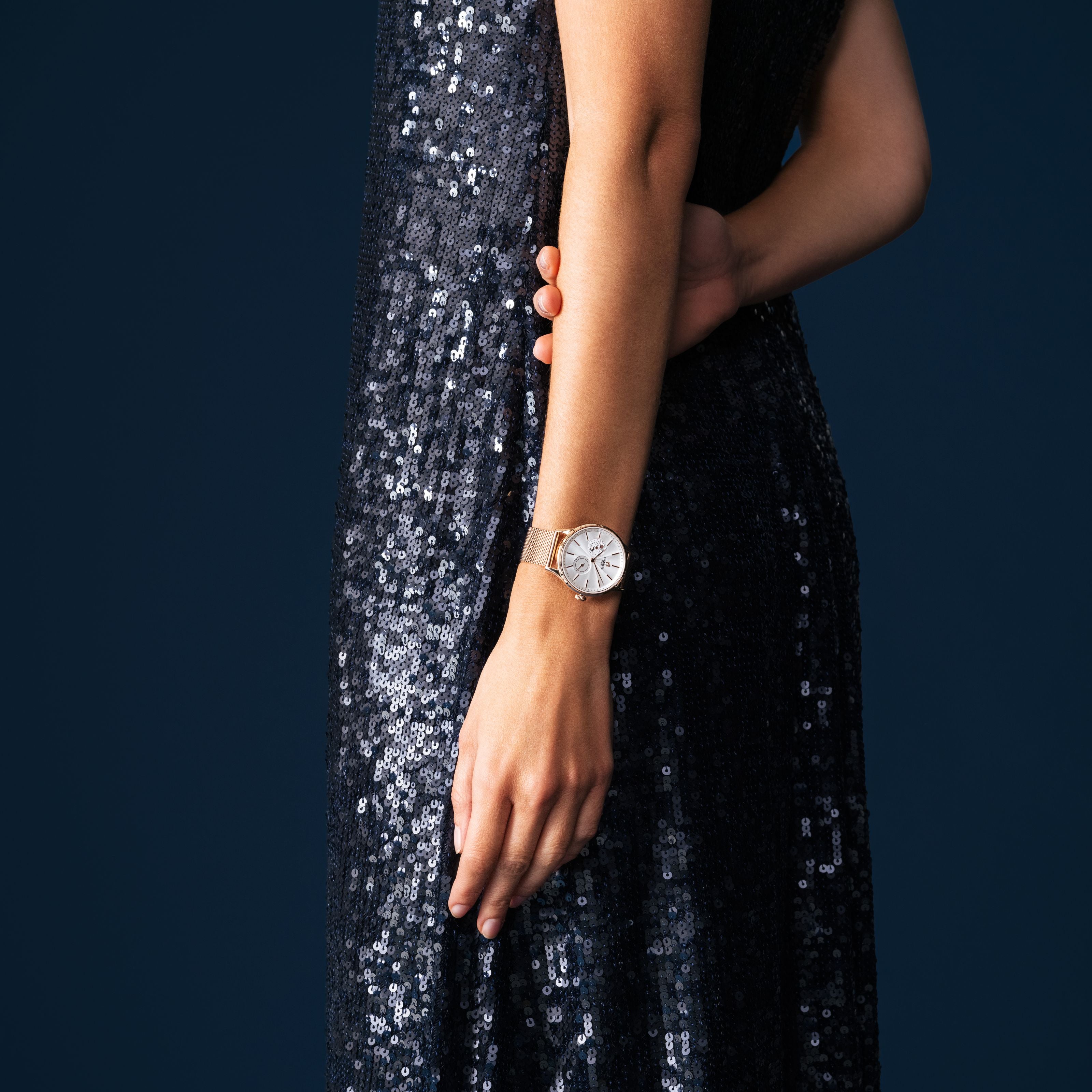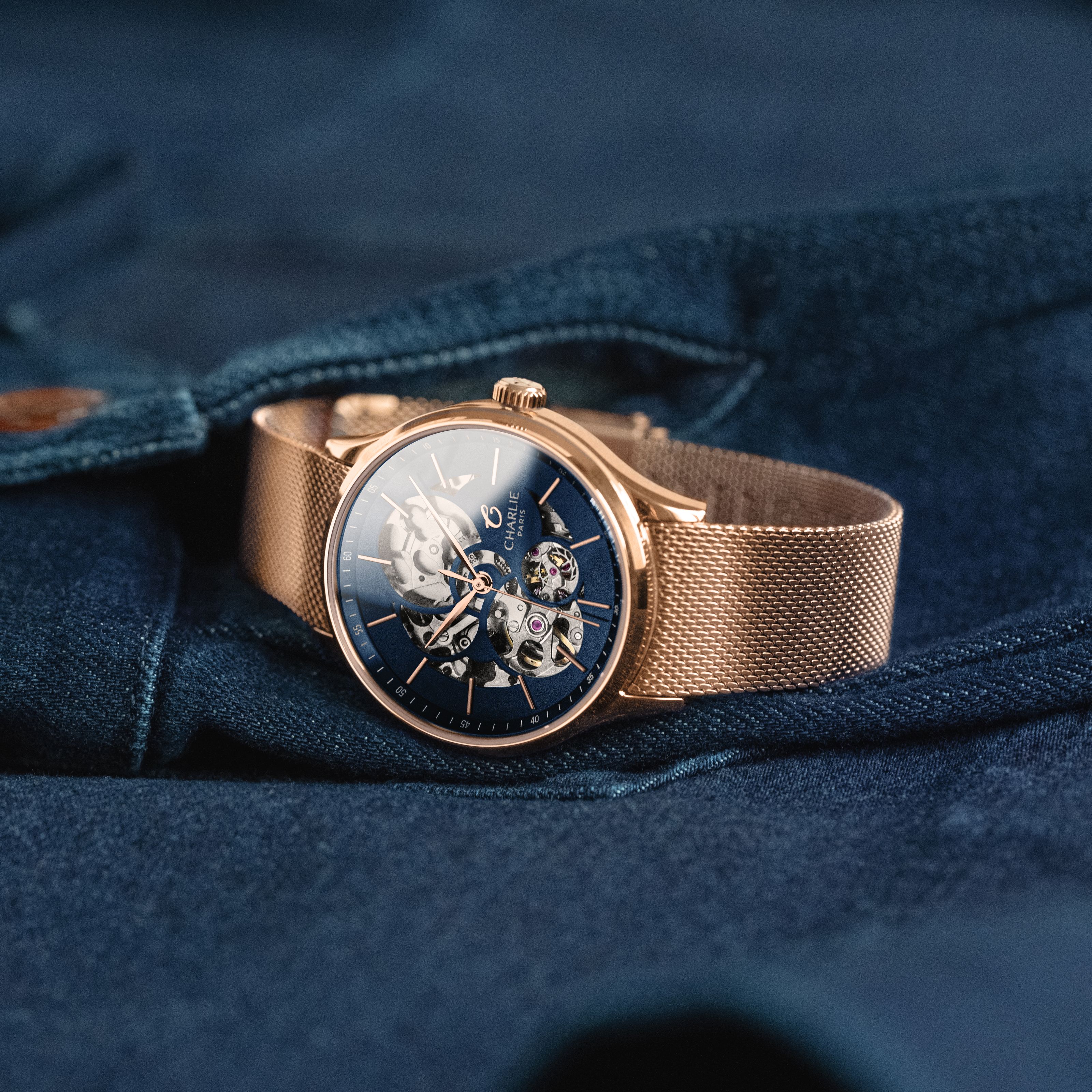UTC time, International Atomic Time or Universal Time, you don't know what the difference is? Don't worry, we will enlighten you on their role and the characteristics of each.
UTC time, atomic time and universal time
UTC time is the world reference time and stands for "Coordinated Universal Time. It is therefore a time scale and it is determined among others thanks to some 500 atomic clocks located in 70 laboratories in the world. UTC time was adopted in 1972 to define international civil time in a uniform way. UTC time replaced the time given by the greenwich meridian in 1982 but UTC + 0 still corresponds to the time on the greenwich time zone. The time in each time zone is therefore defined in relation to UTC. UTC time is actually a mixture of International Atomic Time (TAI) and Universal Time (UT).
UTC has the stability and accuracy of TAI to within a whole number of seconds, which allows it to be close to UTC. The deviation is fixed to within 0.9 seconds. To achieve this precarious balance, UTC has a whole atomic second, also called a leap second, added or subtracted at the end of June or December. Prior to the adoption of UTC, GMT or "Greenwich Mean Time" was used, which is the mean solar time at the meridian of origin of longitudes. This meridian crosses the Royal Observatory of Greenwich near London.
International Atomic Time
International Atomic Time is a time scale relative to the duration of one second. It was determined in 1967 by the 13th General Conference on Weights and Measures that one second would be "equivalent to the duration of 9 192 631 770 periods of the radiation corresponding to the transition between the two hyperfine levels of the ground state of the cesium 133 atom". To put it more simply: A Cesium 133 atom receives a frequency of 9 192 631 770 Hz which allows it to change its energy state. The time that elapses between the F3 and F4 energy states of the cesium 133 atom is exactly one second. The advantage of the atomic clock is that it is exceptionally accurate: it shifts by less than one second every 30 million years. Researchers have even developed a strontium atomic clock with an accuracy of less than one second every 15 billion years! Concerning the functioning of an atomic clock, it uses the frequency of the electromagnetic radiation emitted by an electron during the passage from one energy level to another. The atomic clock ensures the accuracy and stability of the signal it produces. The atomic clock defines a time standard, called the second. The TAI is calculated by the International Bureau of Weights and Measures. It corresponds to the average of 500 atomic clocks around the world. However, TAI is not used as it is because it does not take into account the time of rotation of the earth in one day.
Role of the Universal Time in the definition of the UTC time ?
Universal Time or UT is an improved version of Greenwich Mean Time. UTC is also a measure of time except that it is not an atomic measure but a measure relative to the rotation of the earth on itself (which is done in 24h). The problem is that the earth rotation is not very regular, it can slow down under the effects of tides, earthquakes or other internal disturbance of the earth (even if this delay remains tiny). The UTC time is a mix of these two times so that the sun is at the greenwich meridian to within 0.9 sec at 12:00 UTC. The second of the UTC time is the same as the one given by TAI. Only to find the UTC time we subtract or add whole seconds to TAI so that the difference between TAI and UT is less than 0.9s.
Read more
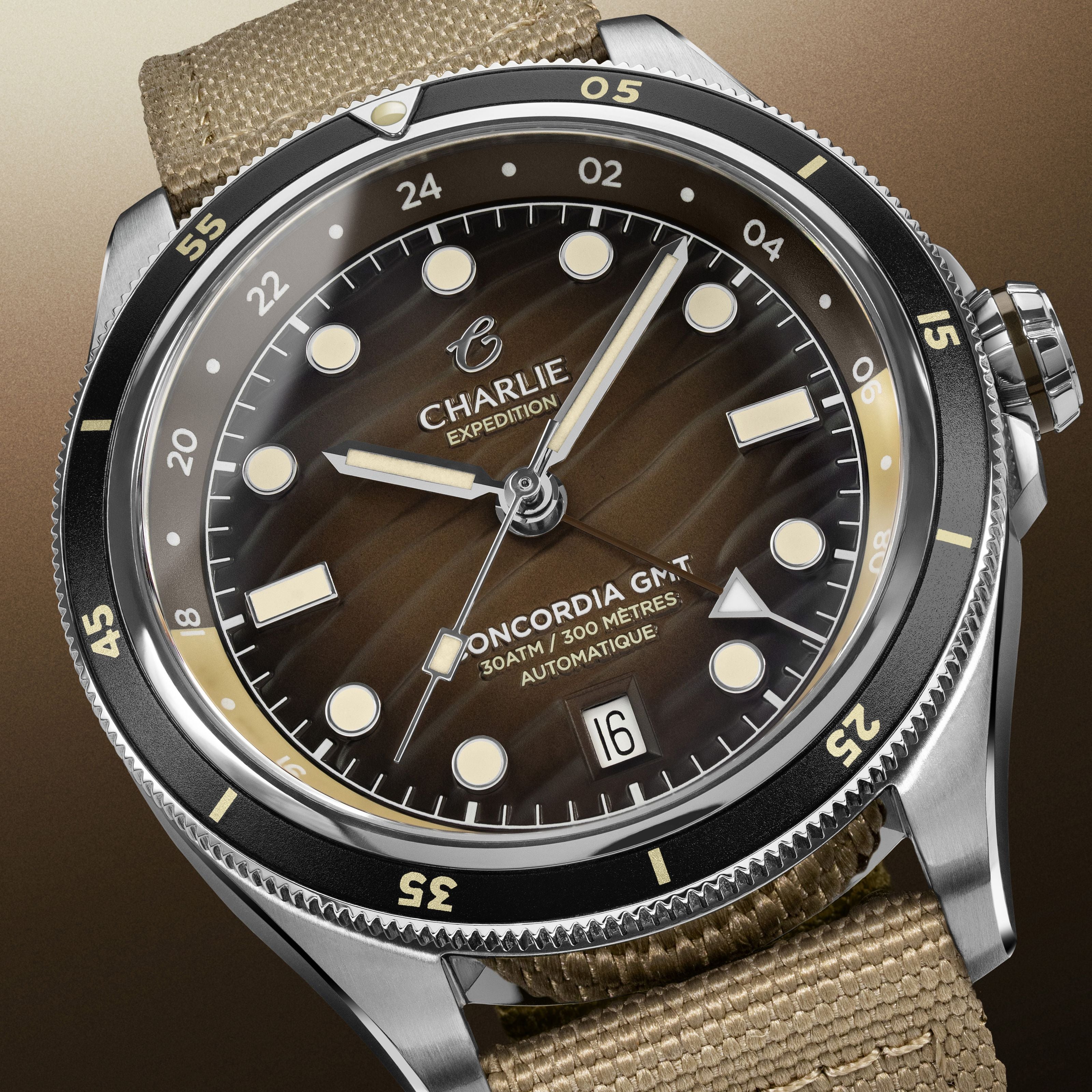
You love your watch and you notice that it gets dirty but you don't know how to clean it? Don't worry, the Charlie Paris team gives you its best tips to keep your watch looking like new!

You may not know it but rubies are inserted in the heart of mechanical watch movements (manual and automatic). Decrypting and analyzing the role of rubies within them.
